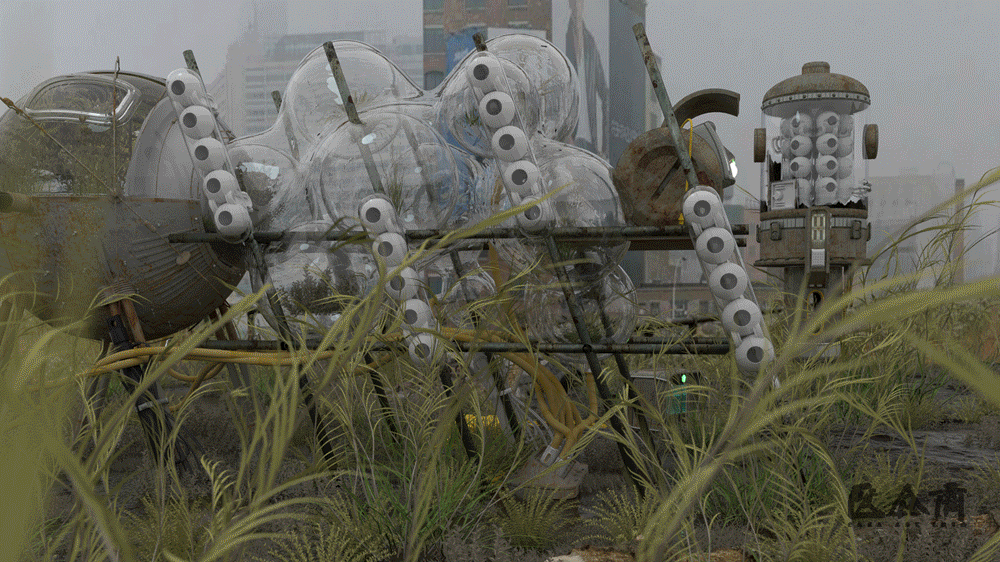
Editor’s note: “In this crisis, what is design for?” It is undoubtedly a topic that many design practitioners are considering and exploring. Previously, teachers and students from the School of Design quickly reacted from their perspectives on this topic, they created works, and updated online courses. Their endeavors also attracted the attention of many spectators. Meanwhile, the online exhibition of this CAFA Graduation Season set sail “against a wind”, which also caused heated discussions. Therefore, in this series of interviews, we invited Professor Song Xiewei, Dean of the School of Design to participate especially as he has served as the general planner of CAFA Graduation Season several times, from the previous melon field to this year’s “Then & Now”, with his team, he refreshes another surprise. From the perspective of a general planner for the Graduation Season, what is special this time? Where does the term “crisis design” come from? Facing the various inconveniences caused by the status quo of the “pandemic,” how can students major in design quickly adjust their models to make outstanding “online” creations? Let’s find out.
CAFA ART INFO: Hello, Prof. Song, it’s a pleasure that you accepted our interview invitation. This year’s curriculum and graduation exhibition are very special, therefore we also pay attention to the related topics on students’ graduation creations. Would you first talk about the basic direction and circumstances of graduates’ creation from the School of Design?
Song Xiewei: From a general perspective, the cultivation of the School of Design emphasizes the combination of professional deepening research and project-based practice. While attaching a great deal of importance to the intersection of traditional design disciplines and new disciplines, we explore the integration of cutting-edge theories and responding practices in the real world. Confronted with the main issues of China’s rapid growth and sustainable future development, especially the spread of the pandemic this year and changes in the global pattern, design as a discipline is growing day by day and it will certainly become the core element of the coordinated development of Chinese society. Facing the globalization context of the new century, the teaching in the School of Design pays more attention to the research of design issues, cultural research and research of values. On this basis, we will promote the leading teaching mode of a broad cross-discipline and deep integration of professional directions and complete the core of value innovation in the teaching of the School of Design.
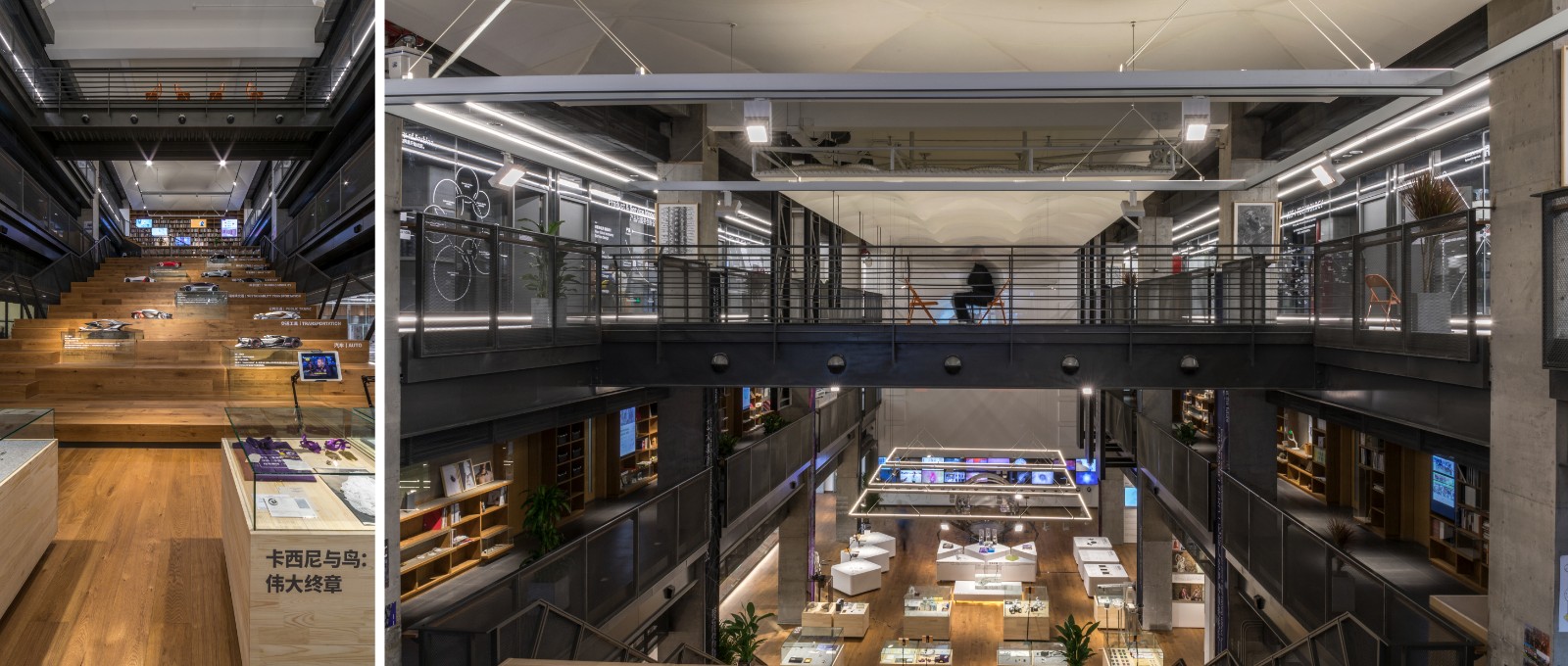

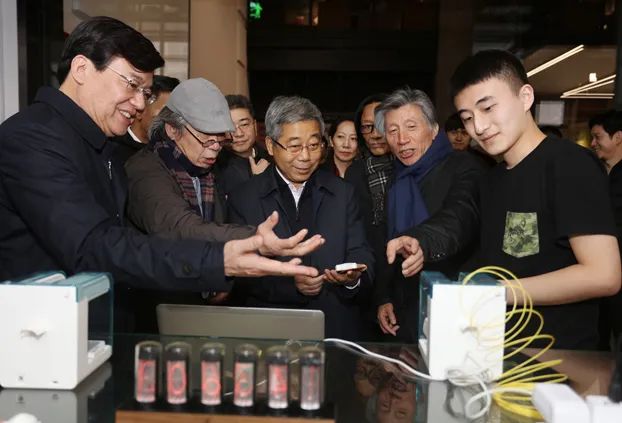

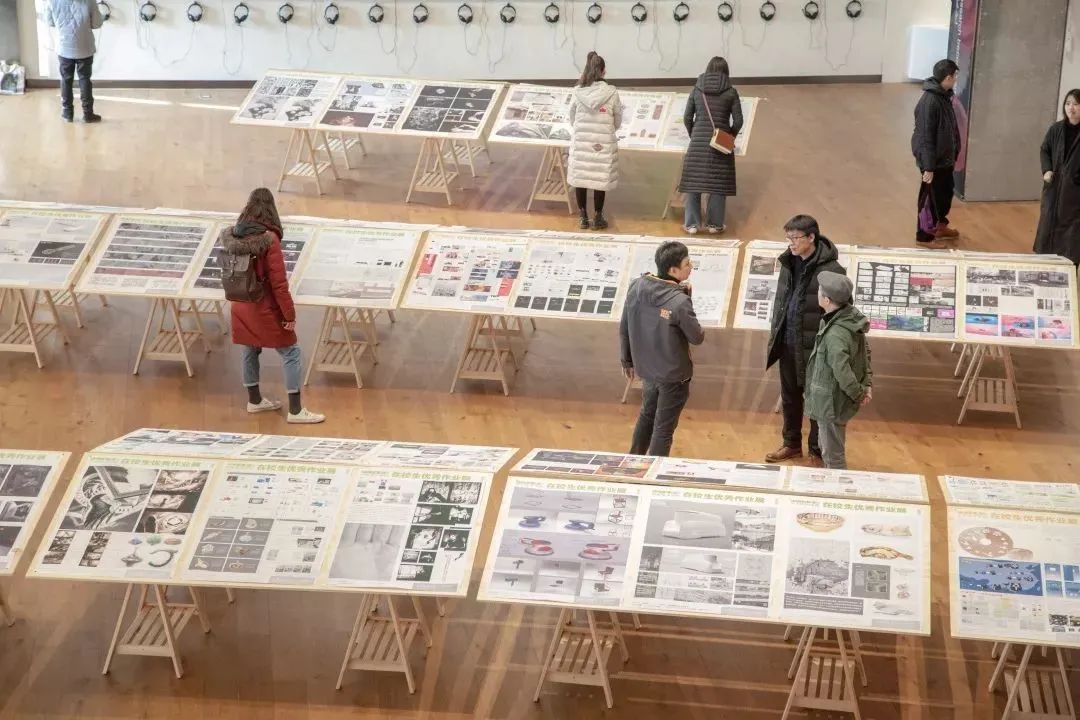
The leaders from the Ministry of Education and the leaders of art schools inspected the offline teaching environment in the School of Design.
In the process of discussions on this year's curriculum and graduation exhibition, we also deeply felt the situation was different. Our students have almost no way to go out to find factories to make their creations, nor can they go back to the classroom to make any creations such as sculptures, installations, etc. Therefore, the academic evaluation criteria we set for the graduation works this year were mainly based on “creative points.” That is to say, this year’s graduation creations can be said to be “cyber warfare”, and “cyber warfare” has no offline physical objects, so that students can choose to do modeling, product design and diversified works. Therefore, the graduation creations from the School of Design this year are based on the research process, they are academic as they include students’ creative criticism of themes, analysis of the materials, and the process of analysis and research in the design creations. Therefore, it has been mentioned many times during meetings with teachers and students that we shall pay attention to the “innovative feature” of works and value the research process. Therefore, most of the works completed by our students at this time contain rich text research, mind maps, related conceptual processes and so on. From one point of view, they are no longer just to be satisfied with vision, but to have a very rich readability with thinking and to use research methods as the presentation of teaching results.
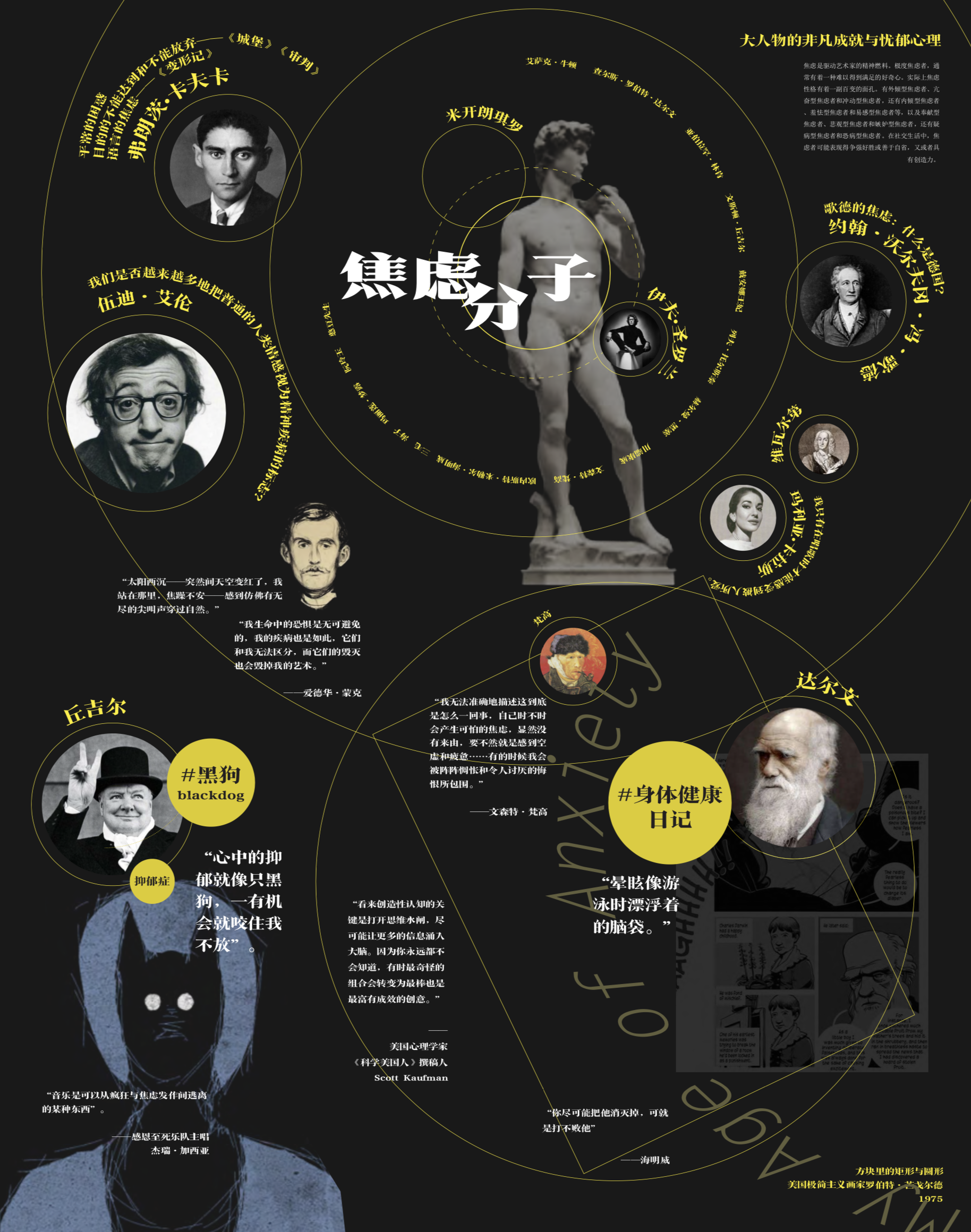
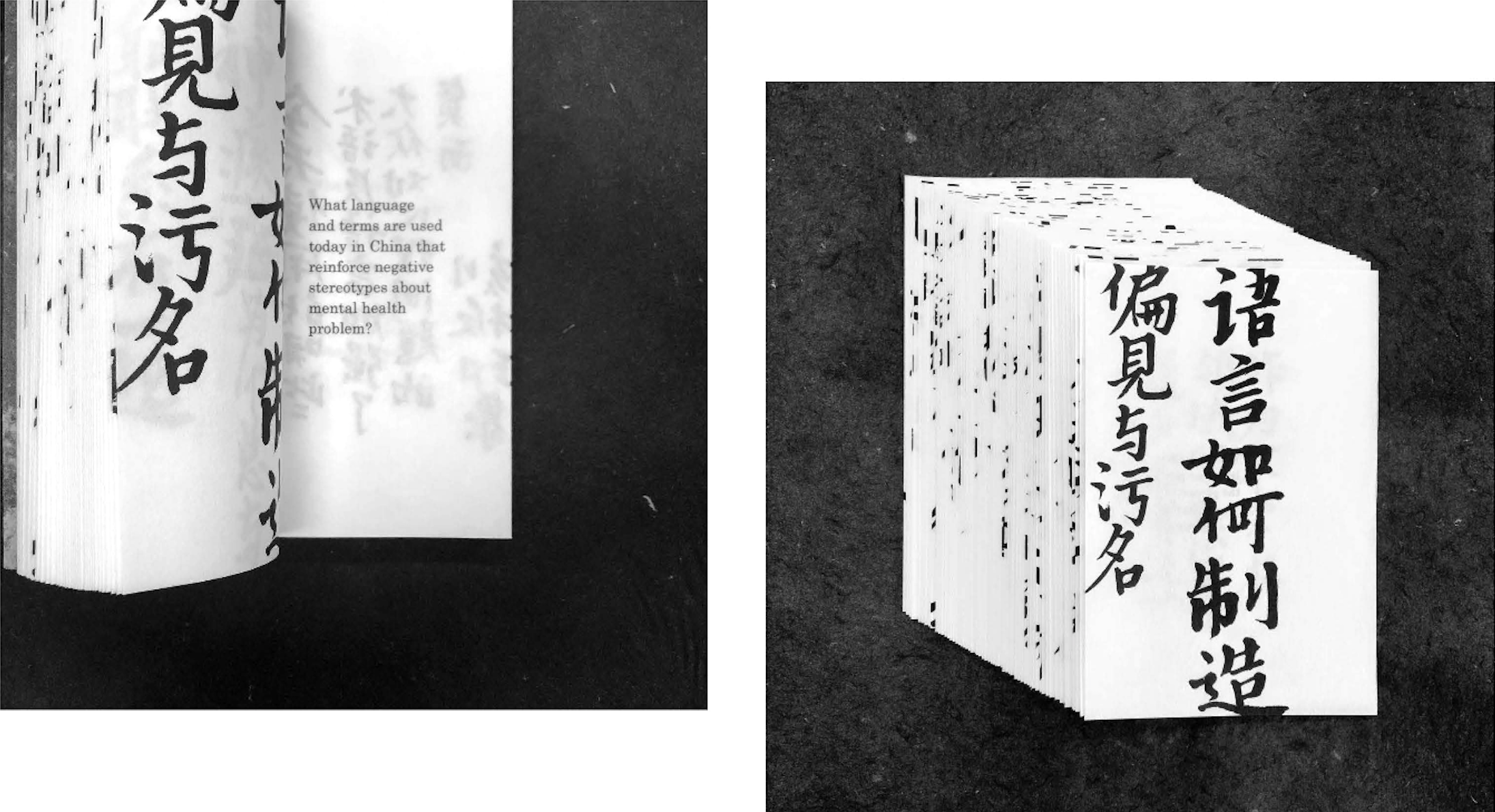
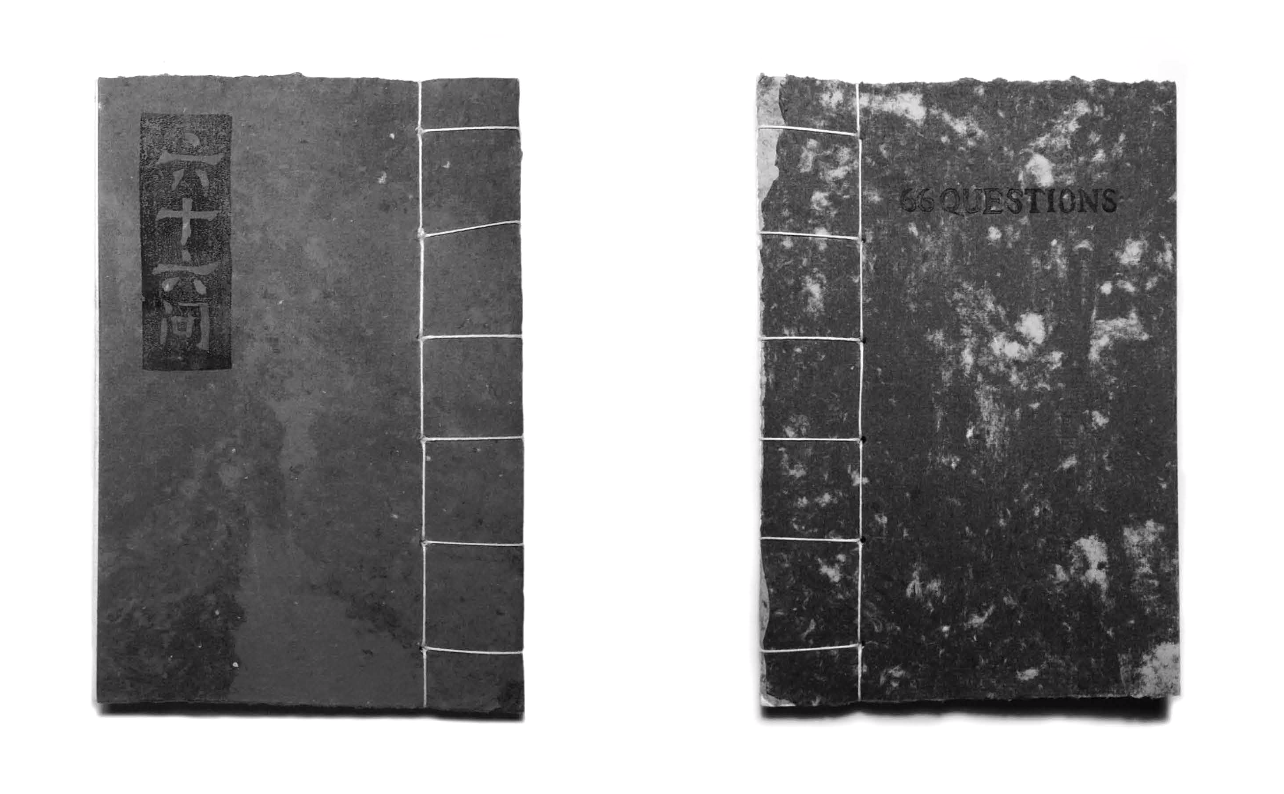
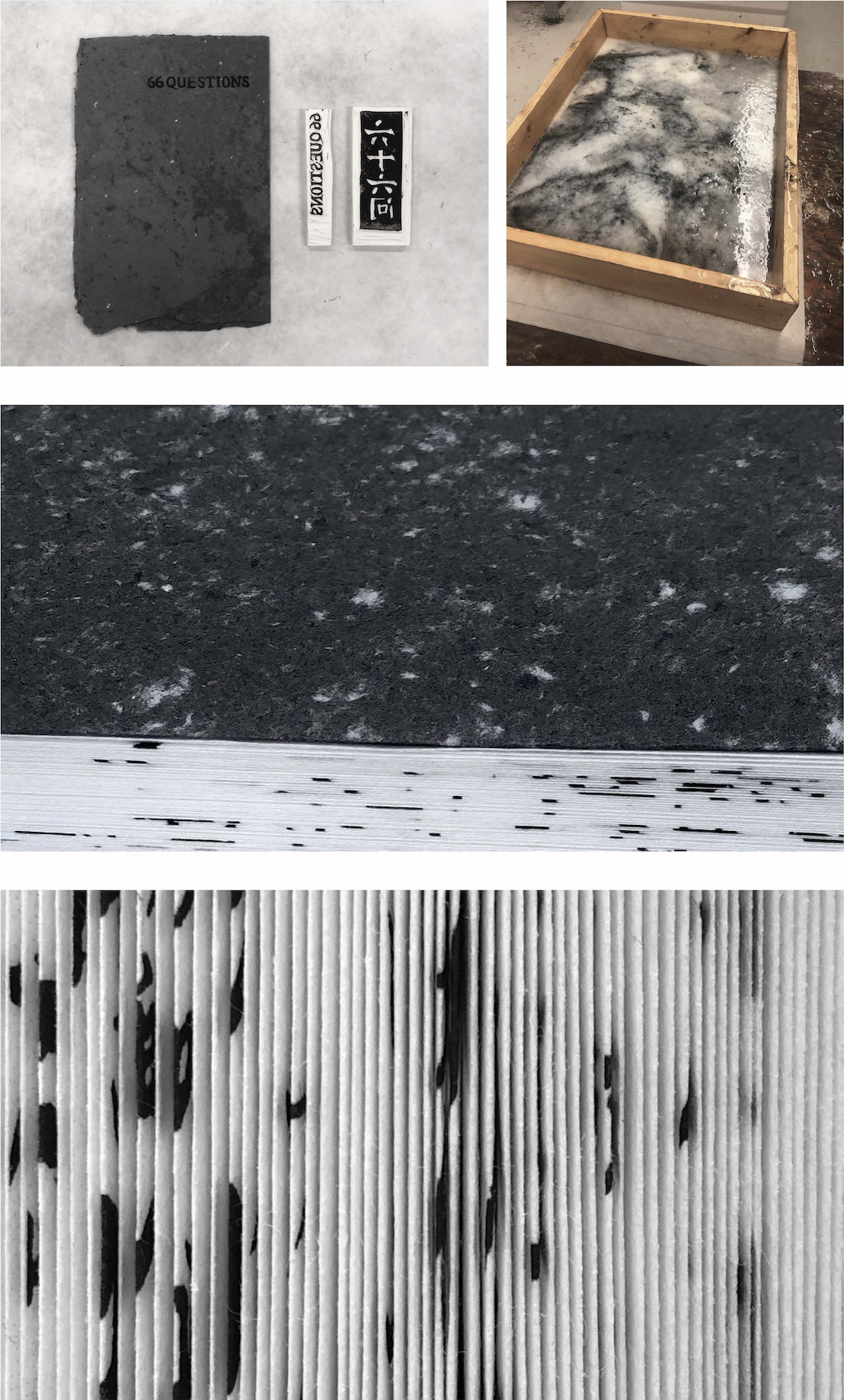
Shi Yunyuan, “Anxiety Prescriptions”, Research Direction: Visual Research on National Image
Directors: Professor Song Xiewei (responsible tutor), Professor Yu Ding, Professor Cheng Kemei
For example, Shi Yunyuan’s work "Anxiety Prescriptions" is a research report on anxiety, involving three research topics: “Secrets of Anxiety Time”, “Anxiety Molecules” and “Anxiety Prescriptions”. The work uses visual language to convey the impact of anxiety on the country, society and personal life. Liu Hongyu’s “Archipelago” tells the current changes that are taking place in the way of speculative images and discusses the crises and opportunities we are facing from a multi-dimensional perspective. The reconstruction of the established boundaries and the formation of an unfamiliar order requires a new understanding of our situation and role for the country and each individual. From “seeing the world from the island,” the work incorporates topics such as ecosystems, social sciences, collective emotions and flowing patterns, so that we are full of ideas for the future order and the evolution of civilization.

Liu Hongyu, “Archipelago”, Research Direction: Visual Research on National Image
Directors: Professor Song Xiewei (responsible tutor), Professor Yu Ding, and Professor Cheng Kemei
CAFA ART INFO: You have mentioned earlier that the influence of SARS in 2003 inspired you to think about new forms for design and education. You mentioned the concept of “crisis design.” In this recent period, teachers and students of CAFA also used the online teaching model, what do you think of the direct effects on the creative graduation teaching of the School of Design?
Song Xiewei: During the “SARS” period in 2003, I was completely stunned while watching TV and I was impressed by the phrase “crisis research.” I have also deeply reflected on the relations between design, design education and social issues. This is something I have never thought about before, so I put forward the concept of “crisis design” at that time. From this perspective, it is important for society and the country to think about disasters and for the global pandemic of infectious diseases like SARS, however, all the things that our design professors taught us were all ineffective including the added value of aesthetics, such as products, clothing, visual symbols, etc. It seems that the icing on the cake has completely lost its meaning at this moment. Then the so-called technological things that we were originally taught to learn about are placed in such a global perspective, in front of such major issues as health and human existence, what is the meaning of their existence? During that period, I thought for a long time about the future existence of humans, with the melting of ice at Antarctic and increasing climate warming.
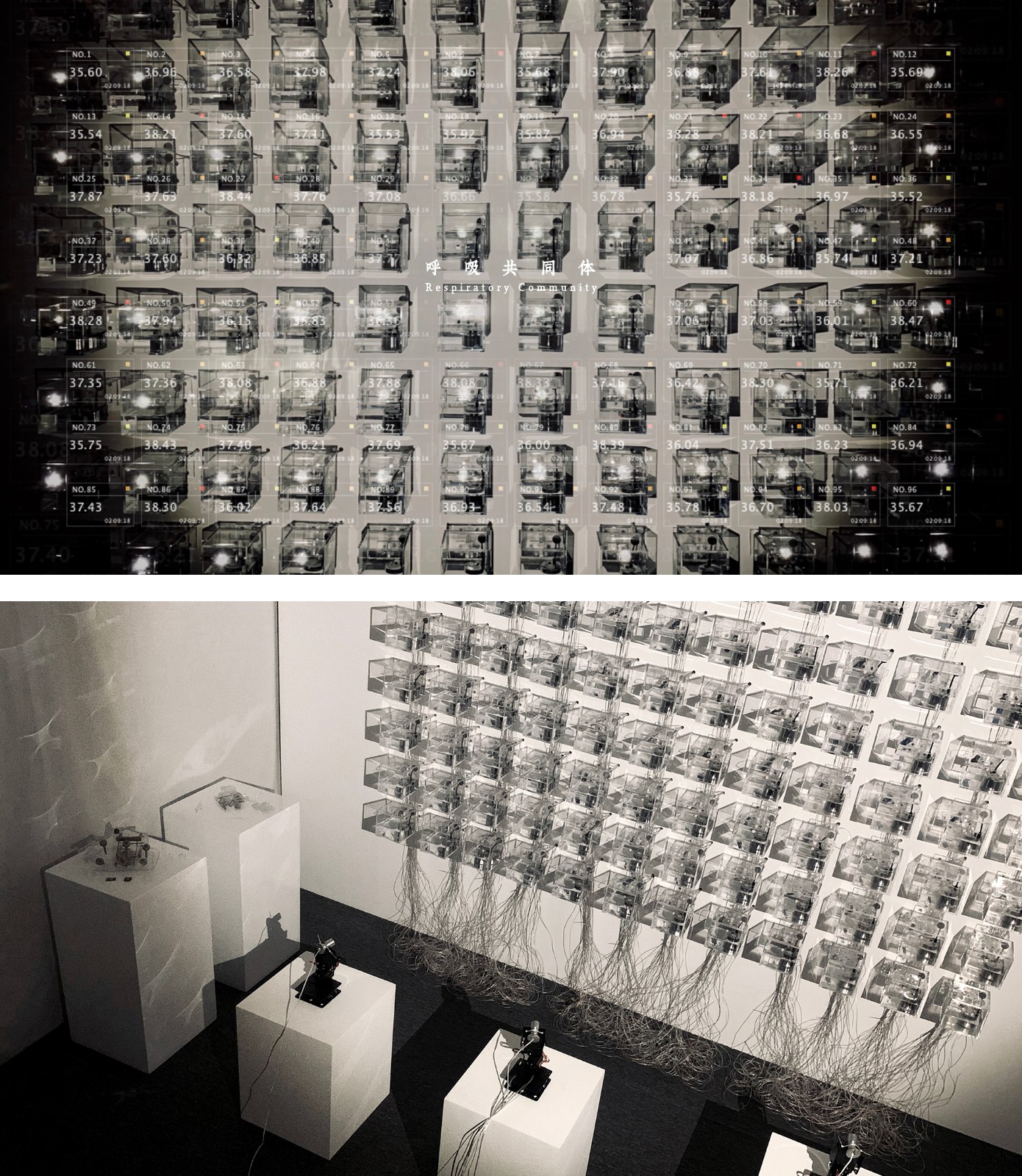
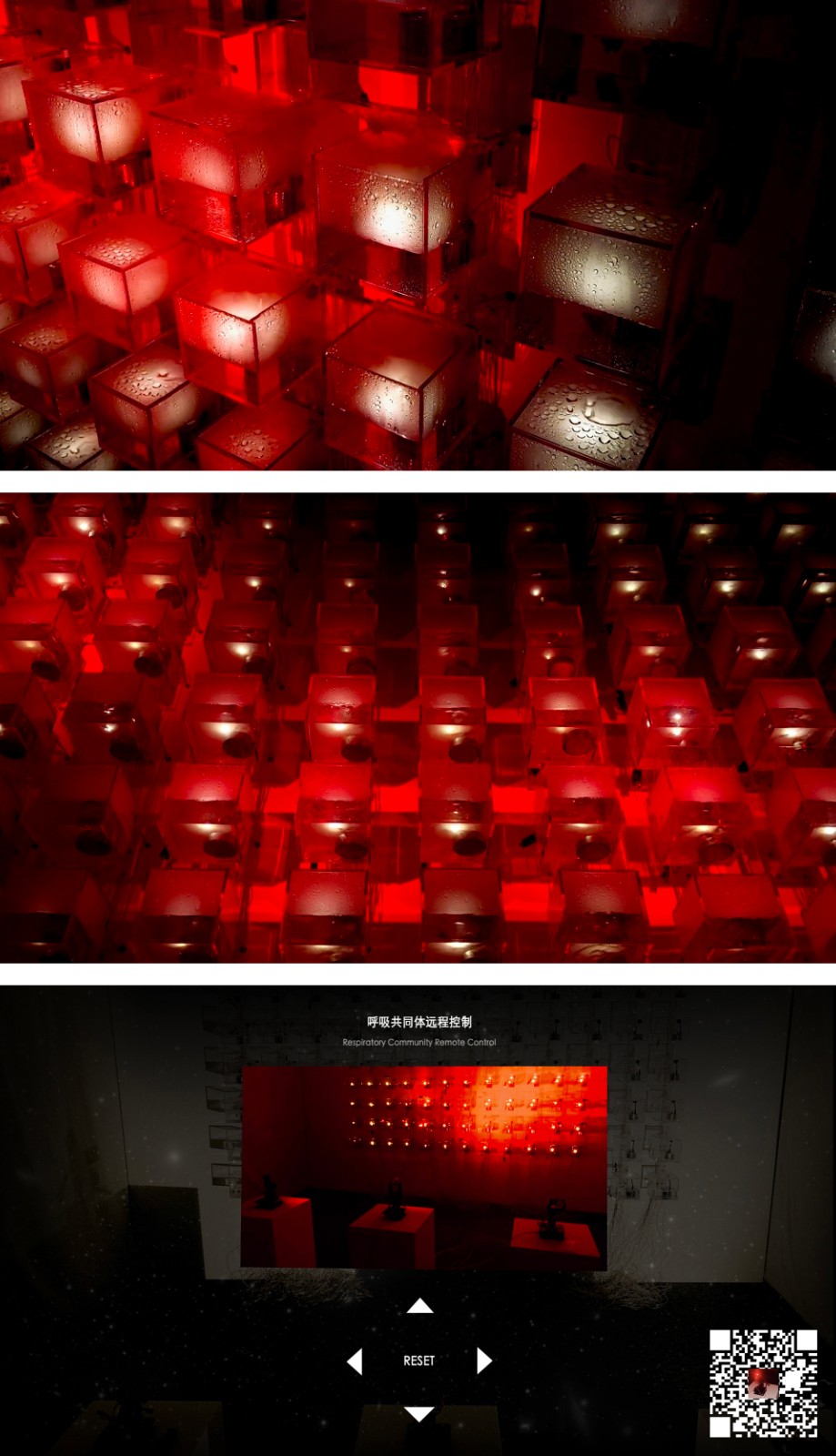
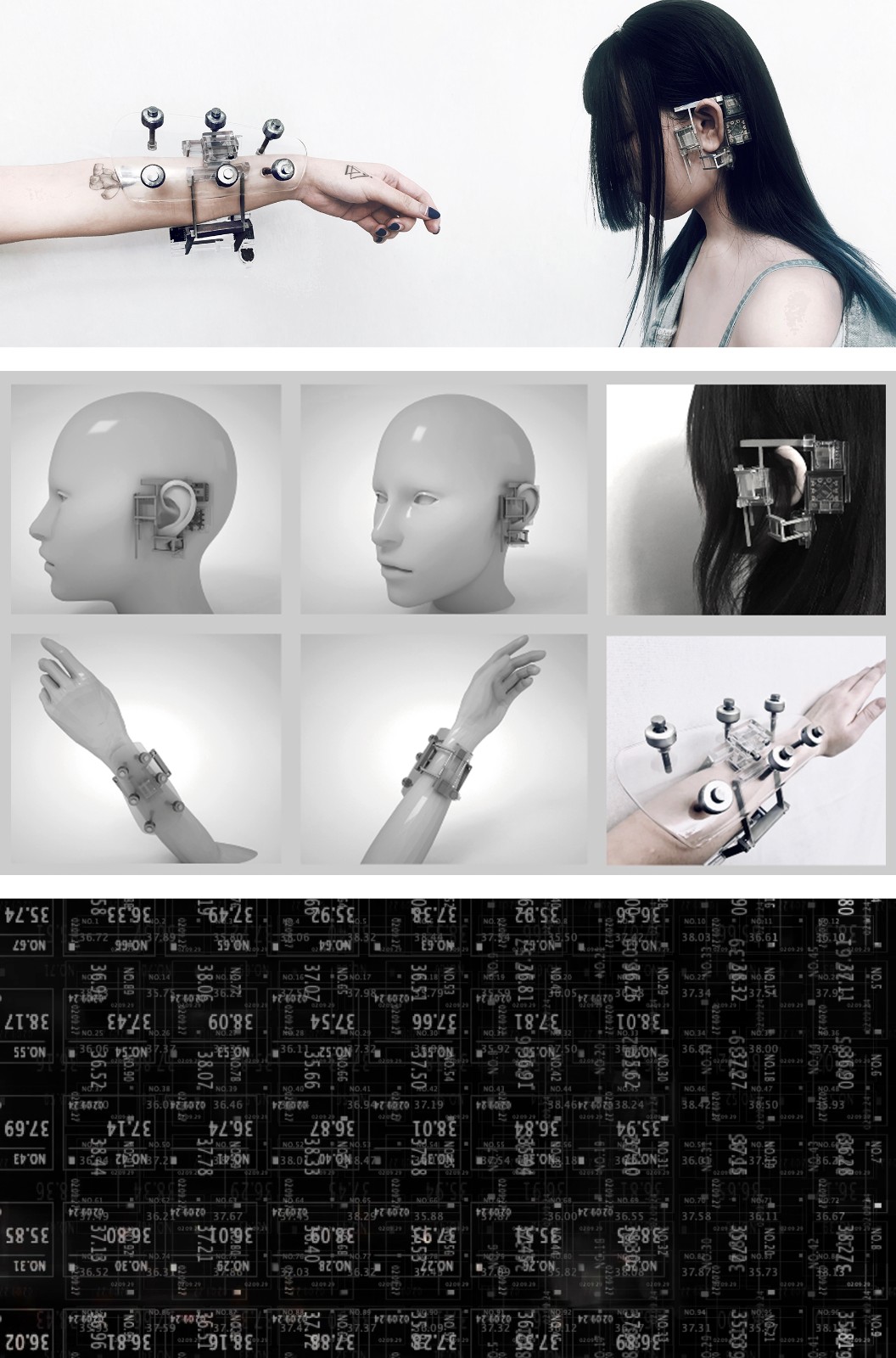
Huang Xiaoqian, “Respiratory Community”, Research Direction: Intelligent Technology and Design
Professor Chen Xiaowen (responsible tutor), Professor Fei Jun, Professor Kyna Lesky
“Respiratory Community” is a work created during a special period when the pandemic of COVID-19 is sweeping across the world. When all human beings are confronted with a common challenge, we walk hand in hand in a whole that breathes and shares a common destiny. The work integrates interactive lighting installations, smart wearable devices and remote interactions. Through collecting data information from the human body through wearable devices on hands and ears, it explores the future form of the human body data collection, and collects samples from different countries across the world.
So what is “crisis design”? It is a design method that changes the balance between human development and ecology to change the big ecological environment. So I proposed this very early on. Zhou Zishu, currently a teacher at the School of Design was in the first group of graduates in “Crisis Design” that I guided and his “Diagua Community” is also very influential.
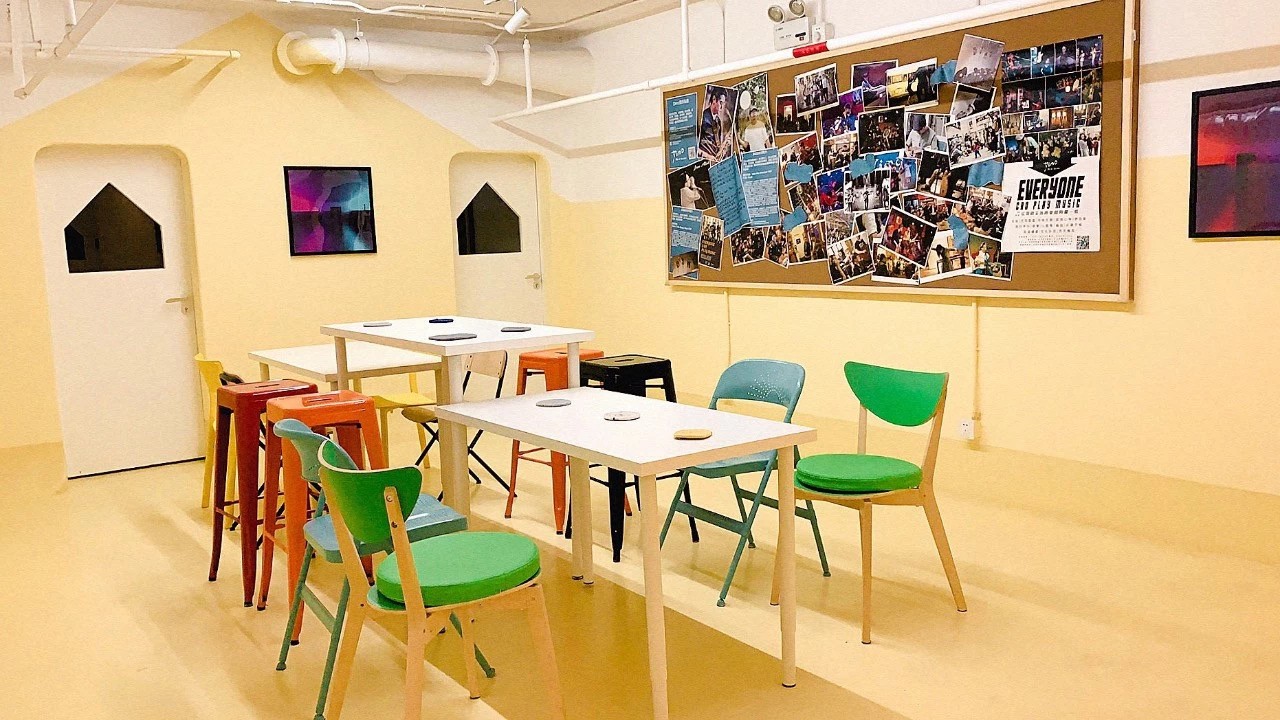
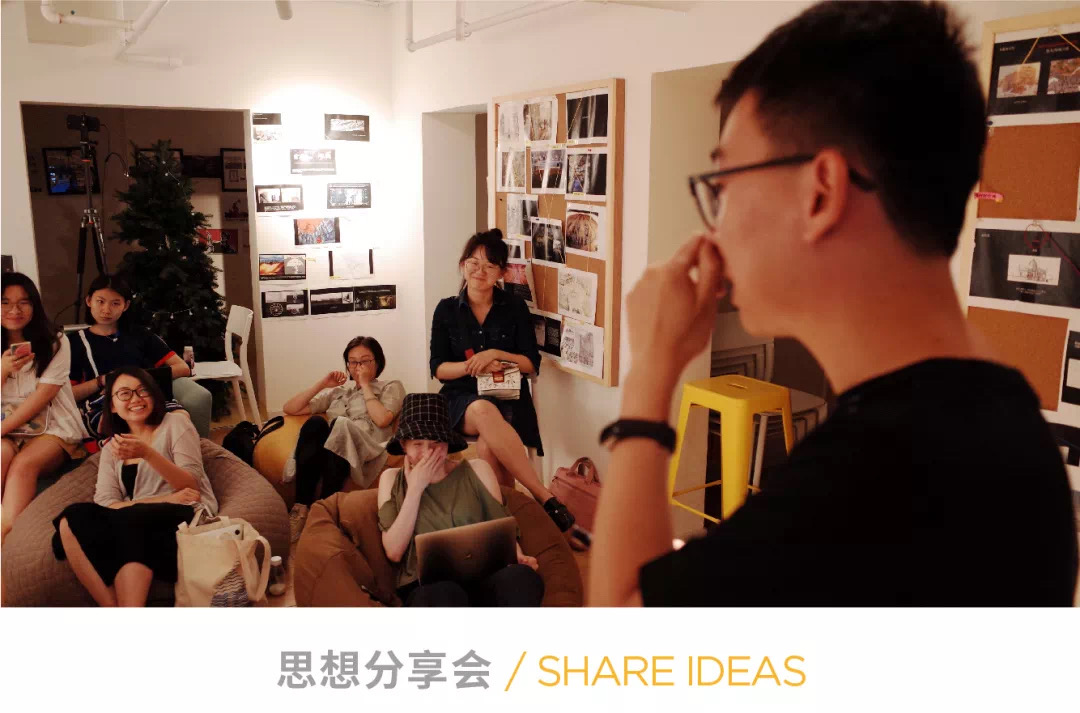



The Digua Community transforms the idle underground space into a community-based public space, located inside the residential community. The community expects to internally collaborate with all sectors of society to produce a variety of interesting content in the Digua Community. Through activities, sharing, courses, etc., there are many different rooms in the community. What Zhou Zishu wants to create is a community that belongs to “people,” a space where familiar feelings can be found with a culture of love that is “equal, warm and fun.”
Then the issue of “crisis design” does not stop there, whether I am a teacher or later on as the Dean of School of Design, social issues, the existence of all human beings, and the ecological issues that the world must face, etc. any design that goes beyond tradition and economic interests have become the core of my teaching and subsequent teaching reforms in the School of Design. Our school can no longer just do things that are the icing on the cake in accordance with the values left by the traditional industrial era. Every student should also integrate the “all-round” structure into his or her own learning and practice. The working mode of Chinese people is being upgraded from “making a living” to “creating.” Although there are a lot of voices criticizing our teaching reforms, in the current era, no one can just be immersed into the small taste of oneself and only want to live a good life. This is especially true for the art teaching. It is necessary to have a high degree of responsibility for the world and all people. It can be said that our design is responsible and we are responsible for all our students.
Since 2015, we have been sensitive to the general trend of global technological changes and social transformation. As the one who is in charge of the development and reform of the design discipline at the Central Academy of Fine Arts, I led the team after 5 years of construction, and the design discipline of the Central Academy of Fine Arts was approved in 2017 with a National “Double First Class” construction discipline. Educational reform aims at cultivating top talent from a Chinese cultural standpoint and global awareness. Through effective measures such as resource integration, structural adjustment, spatial transformation, and management upgrade, the new layout of educational structure was carried out with a sense of multidisciplinary integration. The reform of the content and model for the enrollment examination has optimized the criteria for talent selection and selected high-quality newcomers with unique “propositions” to provide talent support and a guarantee for discipline construction. In December 2019, when the Minister of Education Chen Baosheng and Vice Minister Weng Tiehui visited the School of Design, they also spoke highly of the teaching reform model and achievements of the School of Design at the Central Academy of Fine Arts.
CAFA ART INFO: As you said, the students major in design seem to respond very quickly to social events. A large number of design creations related to the pandemic also impressed everyone. They put “touch” and “expression” into works. Would you talk about how to inspire them to think from these aspects? How do they draw inspiration from these huge “abnormal” effects on the world, society and everyone?
Song Xiewei: We lead students to create social design, innovative design, fashion design, product design, etc., and express themselves through various design methods. For example, I think of the “Poverty Alleviation” project that teachers and students discussed together. What is the “Poverty Alleviation” project actually about? It is closely related to “crisis design.” The teachers and students of the School of Design actively responded to and participated in the national precise poverty alleviation strategy. In the poverty alleviation project at Moyu County in Xinjiang organized by CAFA, our team of teachers and students went to the national poverty-stricken county, Moyu and they used a cross-domain design collaboration to provide suggestions and solutions for the local poverty alleviation. In the poverty alleviation work in the national poverty-stricken county, Jianchuan in Yunan province, the “realistic Jianchuan” is guided to the “modern Jianchuan” through innovative design, and the living environment of Jianchuan is improved.
Another example as various threats which do not only refer to the disasters of earthquakes and tsunamis, but we also discuss the problems faced by human development that the media should also discuss and try to solve, such as the social crime rate under the concept of law and so on. Even this includes the fact that a large number of students are confronted with anxiety, depression and other problems. These problems are the psychological impact of society on every individual in the process of economic development, but in fact they bring unhealthy influences, so in the future, in our field of “social design,” we will also develop the field of “art therapy.” These are all derived from the changes in our current situation towards college disciplines.


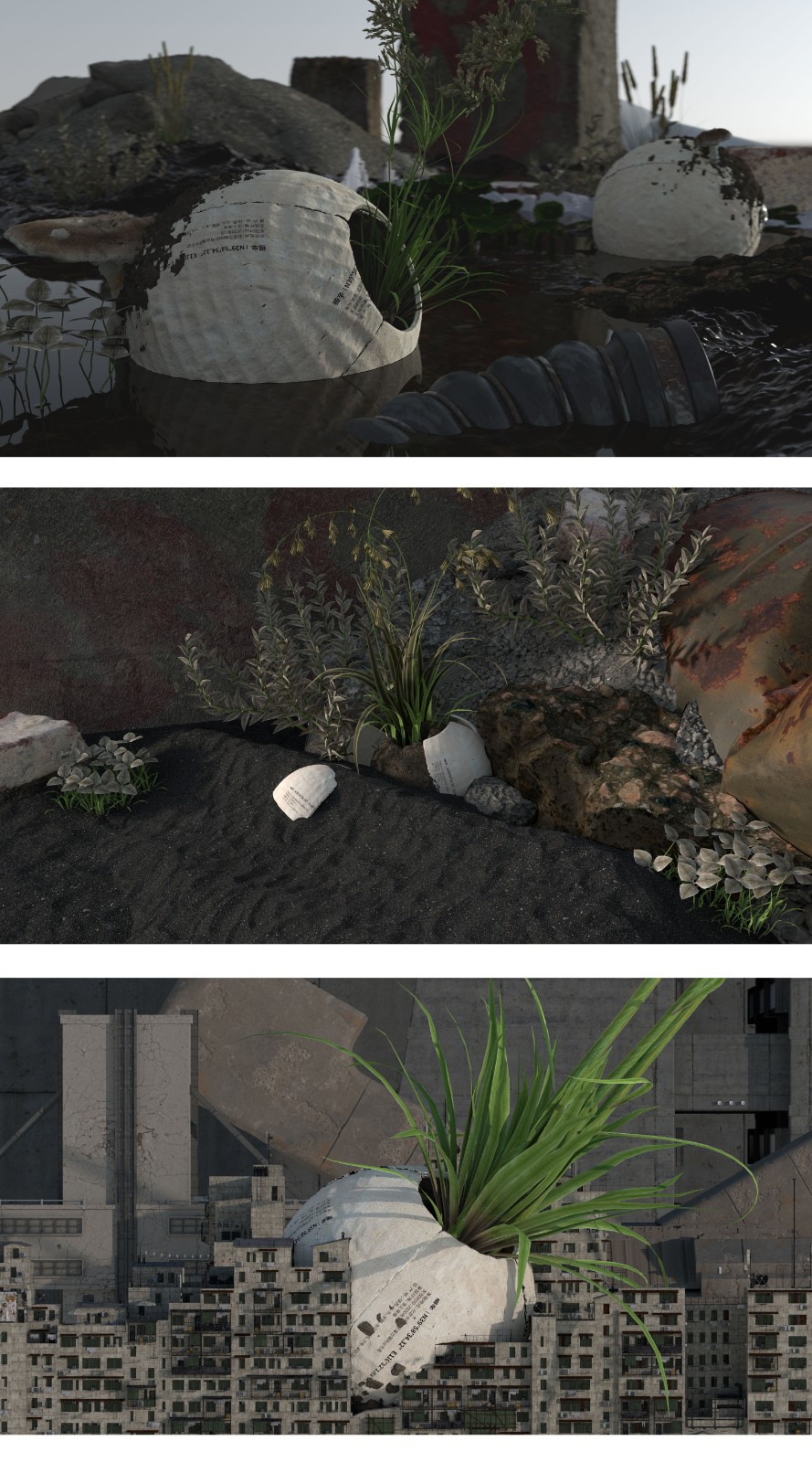
Liang Wenhua, “Planting People: Urban Wildland Project”
Research Direction: intelligent Technology and Design
Directors: Fei Jun, Chen Xiaowen (USA), Kyna Lesky (USA)
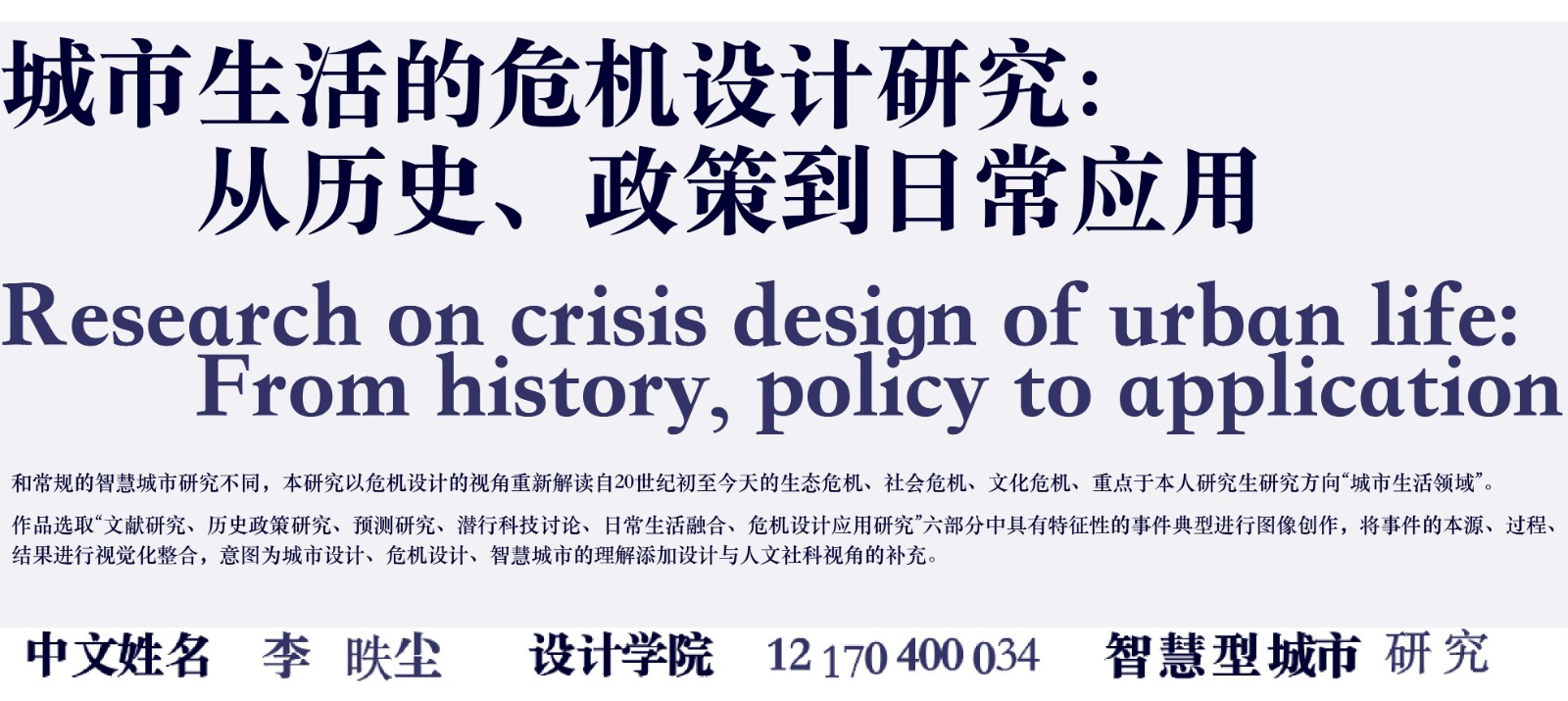
Li Yichen, “Research on Crisis Design of Urban Life: From History, Policy to Application”
Research Direction: Smart City Research
Directors: Professor Han Tao (responsible tutor), Professor Song Xiewei, Professor Jin Jun, Professor Chang Zhigang
Current changes in the design discipline have changed the concept of the pursuit of functional form brought about by the industrial revolution and in physical materials. Now, the great resources of the entire human race are re-matched, forming new values. For example, we say that the wealth creation brought by the digitalization of science and technology is not what we used to create by human physical strength, not by the ability of logistics and real estate, but by virtualization and data. It is a new value system and it has become a dominant way, it has subverted the traditional model of productivity. Therefore, our teaching is constantly changing and updating under such a general background.
In addition, changes in the entire social ecology, including this pandemic, have also changed our concept of “globalization,” as well as the game between China and the United States, the game between the United States, Russia, China and neighboring countries, etc. These will gradually affect the economic structure from political ideology and changes in economic structure will completely affect globalization, so future development must also be based on the country’s comprehensive strength. The thinking on education and impact brought by the pandemic, they have undoubtedly strengthened our determination to improve ourselves. For example, I thought of the “Responsive Environment: Ocean Enhancement” class given by Jing Siyang, a young teacher in our college, and responded to the “ocean” among these issues.
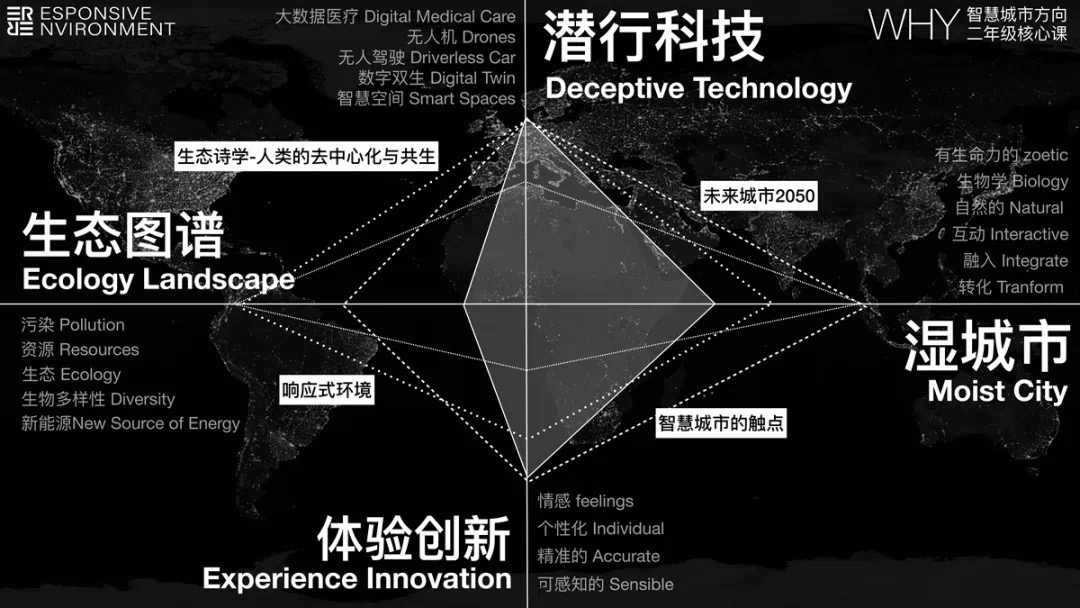
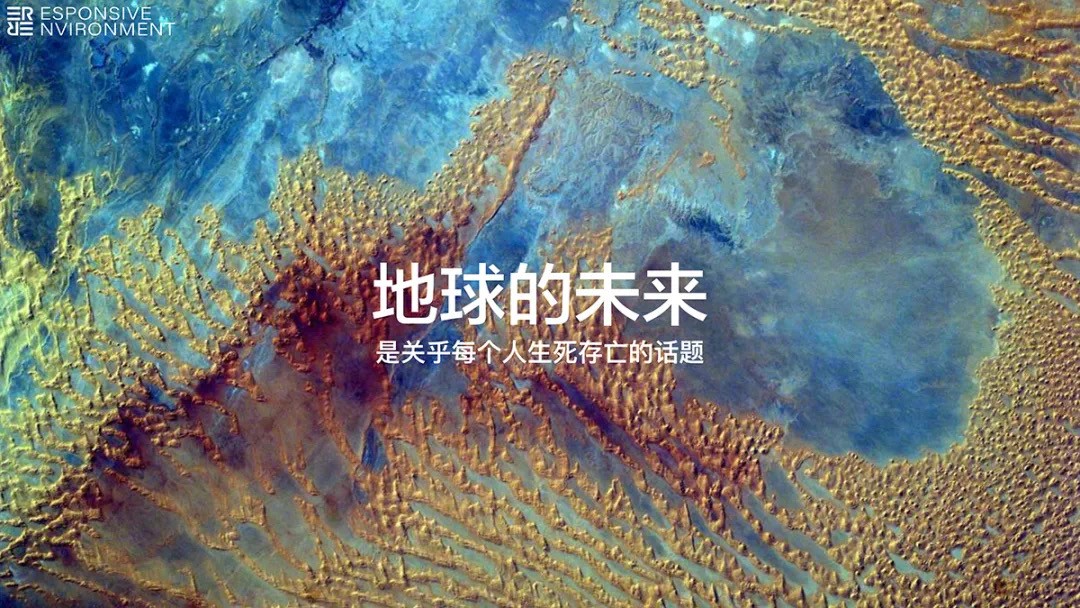
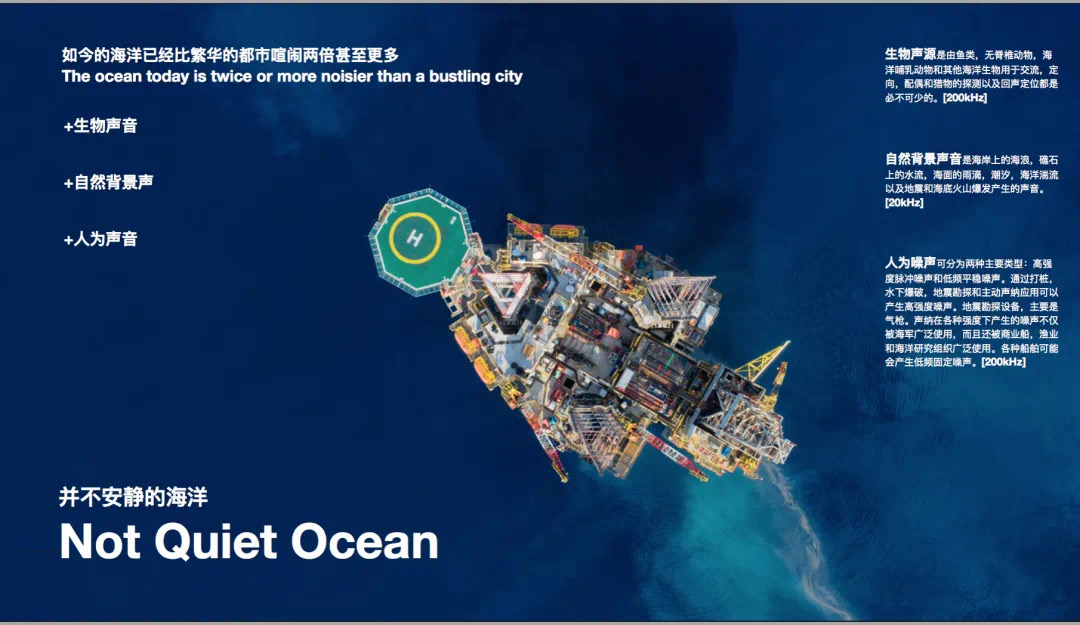
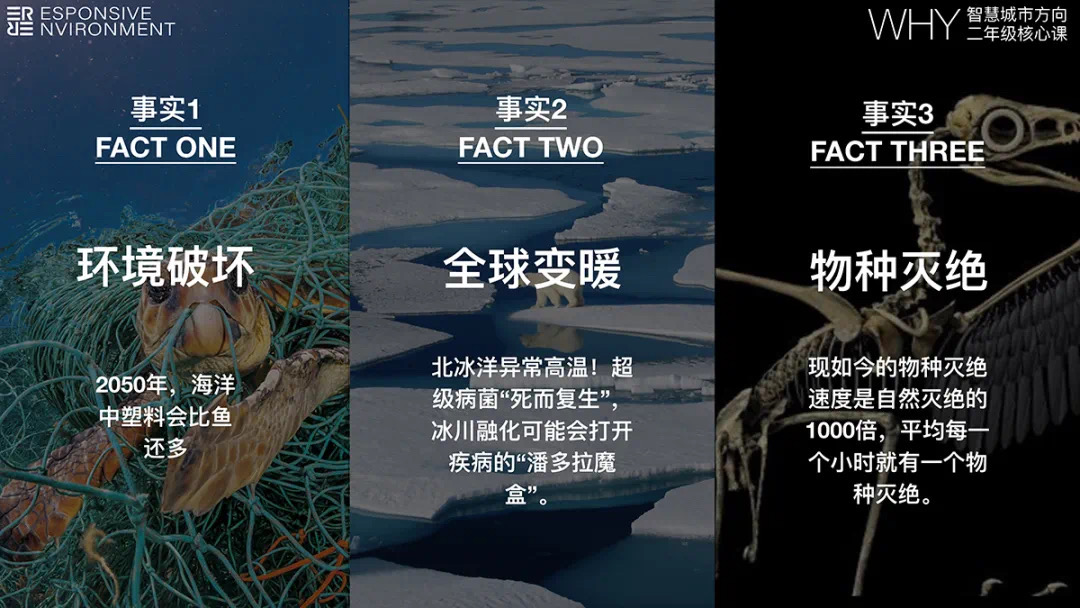

“Responsive Environment: Ocean Enhancement” Course Instructor: Jing Siyang
During the course, students are organized to have a complete experience of scientific research, big data analysis, cross-field innovation, software learning, technical testing, physical production, expression and curation. The supporting units of the responsive environment series courses include the art, technology and cultural research direction of the School of Planning and Architecture of the Massachusetts Institute of Technology and the WWF World Wide Fund for Nature.
CAFA ART INFO: You lead the team to conduct the overall planning and implementation of this online graduation exhibition. At present, art museums and online virtual exhibition halls are very different in terms of technical operations, audience groups and viewing methods. How did the entire planning of the “Online CAFA” virtual art museum proceed? What do you think of the development of this new form of exhibition?
Song Xiewei: Starting in 2015, I proposed to make the graduation season an important part of our development strategy. We have also been responsible for several years, so that CAFA can exert a huge influence on society and it can also make the teaching achievements be understood by more people every year, many ordinary citizens come to join the graduation season activities, such as the watermelon field and other land arts in 2017, which also makes the Graduation Season of CAFA become a hot event in the city and it arouses a lot of attention.
This year, affected by the pandemic, the offline “graduation season” cannot be held and turned online, but it has also created a new space for dialogue and interaction between spectators and works. So we built a graduation exhibition based on a virtual network. In fact, we started to organize this work during the second half of last year. However, during the winter vacation, there was an epidemic. When discussing the issue of online teaching, we mentioned the arrangement of the graduation exhibition. According to the plan, at that time, each teacher recommended several companies that could undertake the implementation. Later, the technical team of the partner Fujian NetDragon Websoft Inc. was selected. The entire company gathered more than 100 people to contribute to it from March 2020. Our goal this time is a “Graduation Exhibition that will never go offline,” and it has been acclaimed in a very short time.
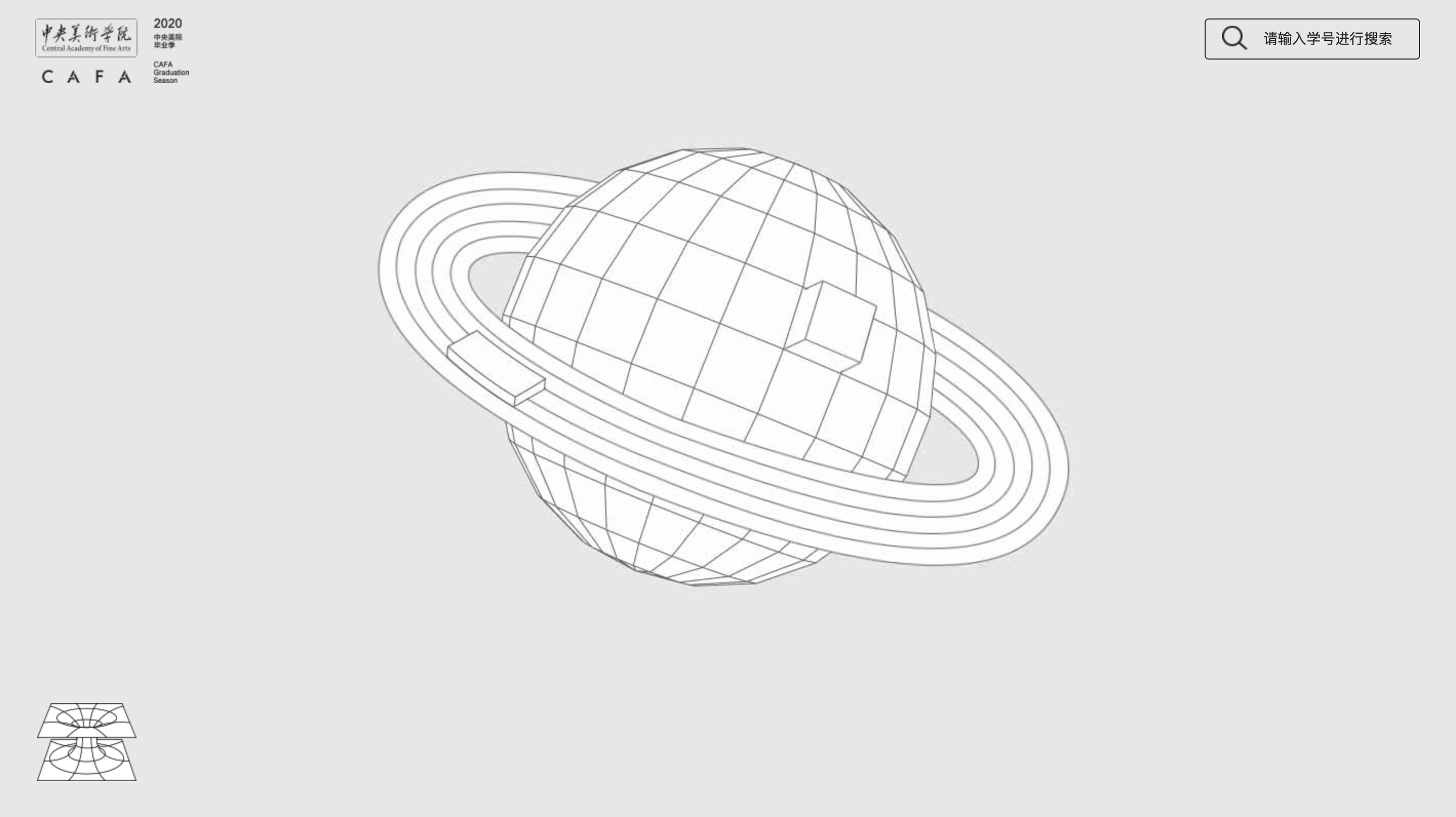

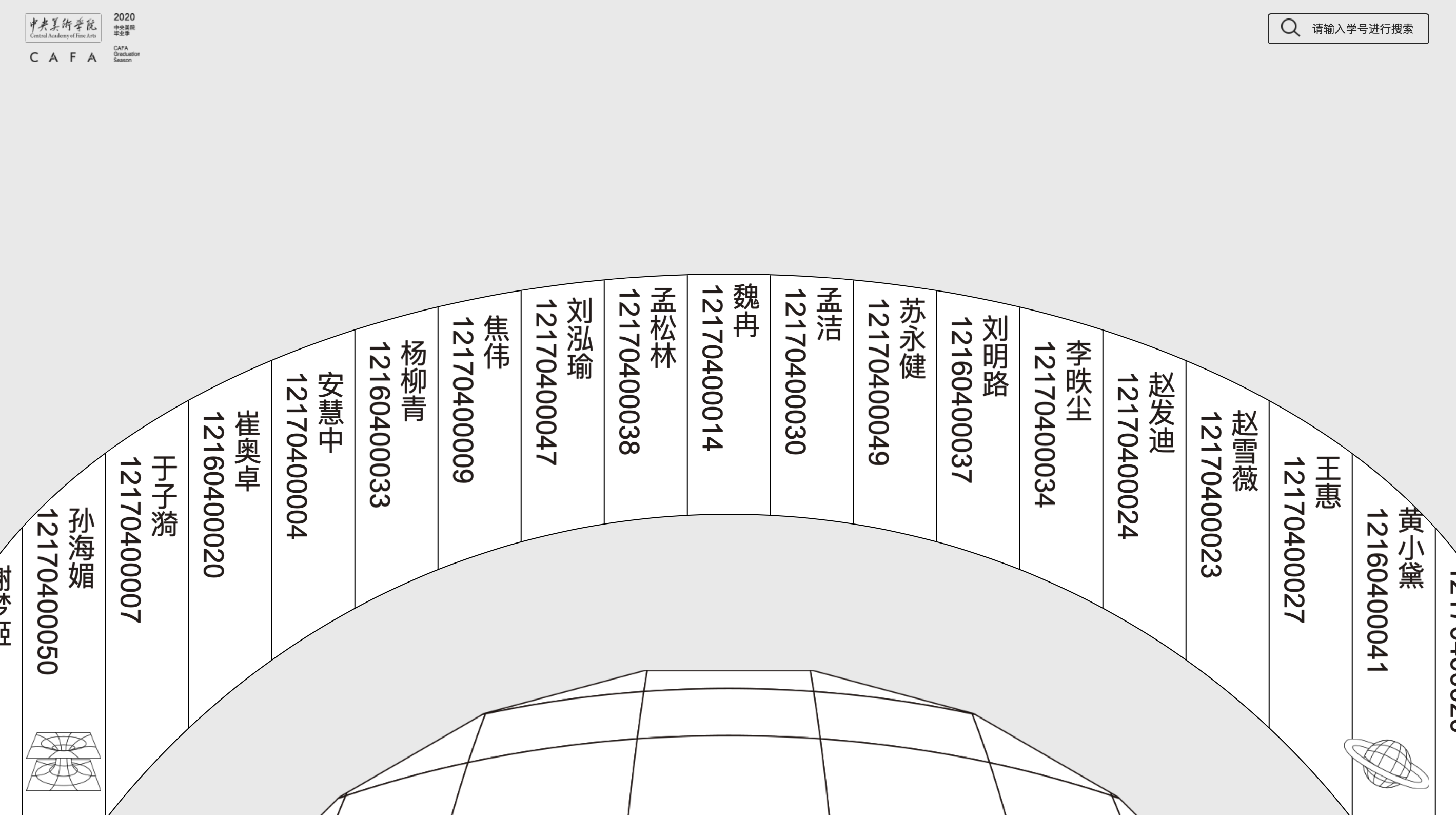
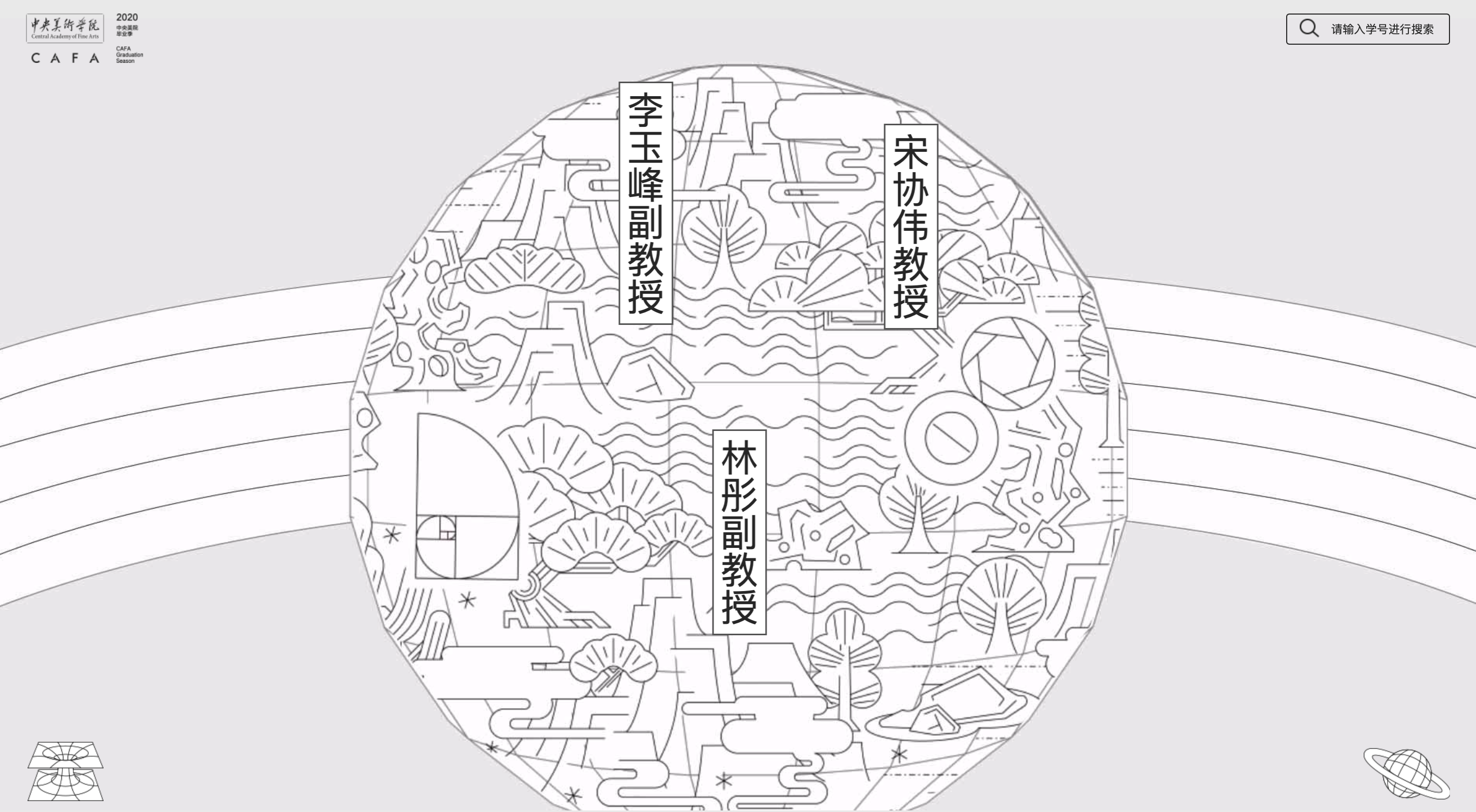
“3D Virtual Graduation Exhibition”: “Virtual Planet” Online Viewing Room for Graduates from the School of Design
Looking back at the entire exhibition planning and generation process, the “3D Virtual Graduation Exhibition” in the graduation season is mainly to realize the wishes of the students: every student who was admitted to the Central Academy of Fine Arts looks forward to having their works exhibited in the art museum when they graduate. They are looking forward to family members and friends coming to see their graduation exhibition. In order to enable the virtual art museum to realize the immersive roaming look with the latest technology, the planning team, teachers and students have put in a lot of effort, completed the research and development with the support of the partner NetDragon team and restored the art museum display effect in a highly realistic manner.
The experiment of this “online museum” has further catalyzed the in-depth integration of traditional art museums with the internet and media technology and has also brought about a discussion of the new form of “art museums”. "In the era of informatization, digitization and globalization, technology has profoundly affected the future life production, communication and transaction methods. Internet has become an unavoidable reality for human beings. While technological changes have stimulated new creativity, it has also contributed to the creation of works. The display in the virtual space brings the challenge of “representation” and “gaze” to a certain extent.
There are messages from the instructors on the “Virtual Planet” in the online viewing room of the School of Design and the ring around the planet are the answer sheets submitted by 59 young design researchers at such a special historical moment on their three-year postgraduate study and through their life. Through three years of study, they deeply understood that design is no longer just a production-style “design” concept, but a method and path to solve difficult human problems. From their graduation design works, viewers can see how students transform their design practice into a social practice that crosses boundaries or defines boundaries. Their own research ability, innovative ability, leadership ability and interdisciplinary ability have proved the foresight and creativity of the deep-level teaching reform in the School of Design.
In fact, this exhibition is based on a digital model, laying a foundation for the virtual exhibition hall in the future, and also providing a new direction for the future graduation season. Both online and offline can be done at the same time. In addition, the image design of this exhibition has added the concept of rainbow, including the use of a unified structure of squares, but each square has various changes. Each square can be superimposed and integrated together. At the beginning of the visual art museum, we adopted the concept of “the sky lantern rises.” And the theme selected this time is called “Then & Now.” What we want to express is the relation between globalization and the individual, from yesterday, today and tomorrow, the relations between individuals and the world, etc., these concepts are incorporated in the promotional film, you can also see a lot of information flickering, which is a manifestation of the relations among the individual, the world and the epoch.
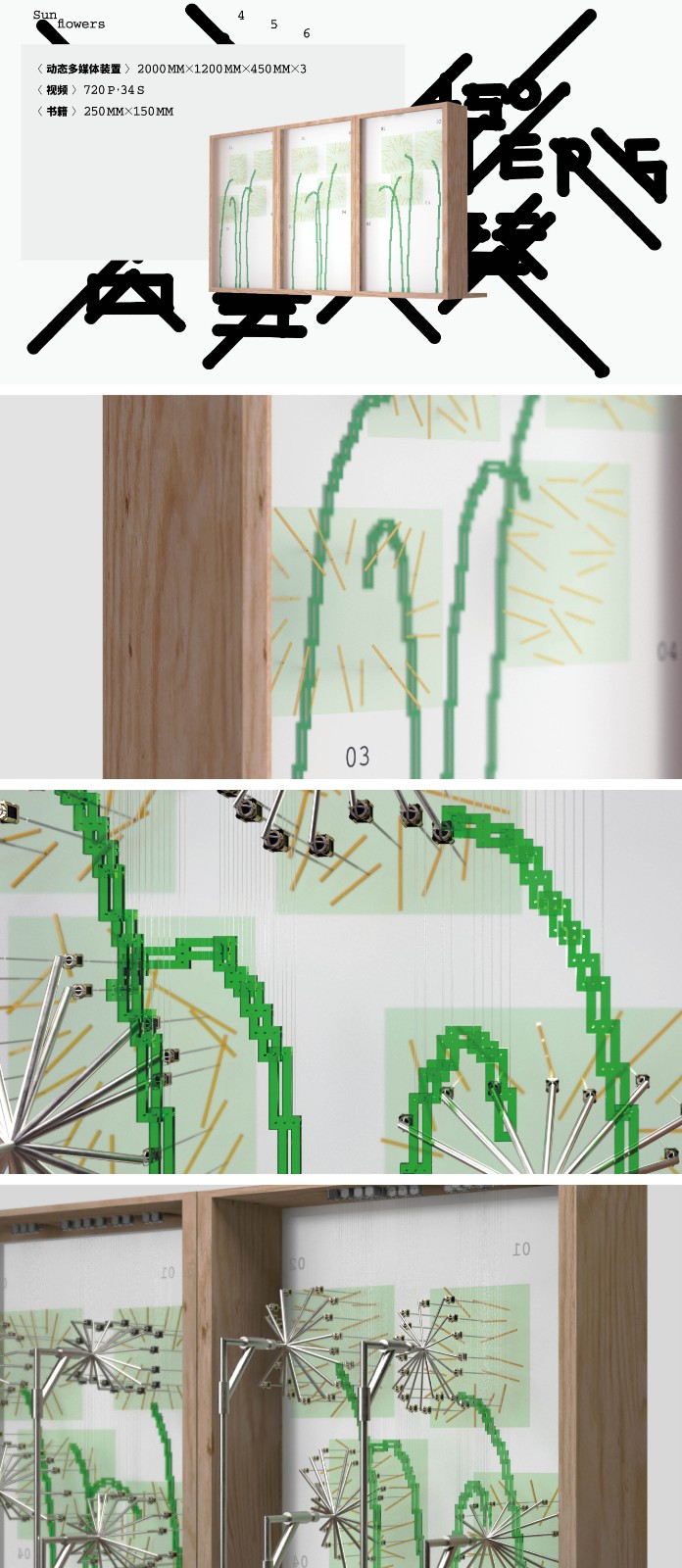

Chen Peihan, “Sunflowers 456”, Research Direction: Visual Communication Design Research
Directors: Professor Lin Cunzhen (responsible tutor)
Professor Wang Ziyuan, Professor Hang Hai, Professor Liu Bo, Professor Xiao Yong
“Sunflowers 456” is an interactive multimedia installation with the same name as Van Gogh's oil painting. The twelve sunflowers in the oil painting are selected as the visual graphics of the work, and they are re-deconstructed and abstract. Through the deep-sensing camera they capture the behavior path of the viewer, the work triggers the synchronous transformation of the visual image through data programming. The viewers actively or passively participate in it and their identities are exchanged between the producers and consumers of the works.

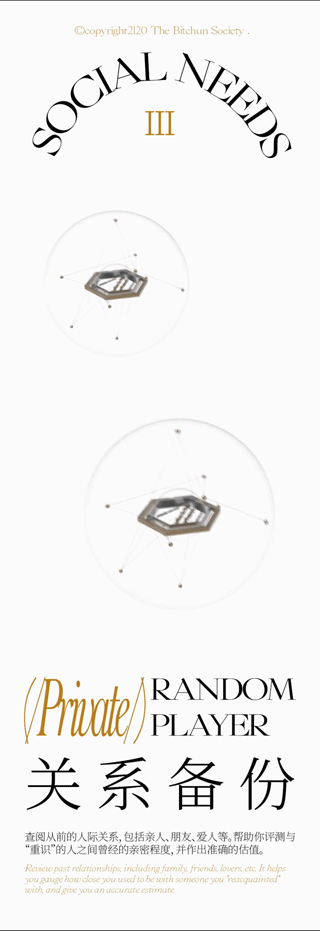
Gao Ningyan, “Fayol 2120”, Research Direction: Visual Communication
Directors: Associate Professor Zhang Xinrong, Associate Professor He Jun, Lecturer Liu Zhizhi
Reputation, respect, etc. cannot be measured by a simple point, but in an ideal post-scarcity society, various degrees of respect are independent and the degrees of respect between the two identities are not related to each other. The level will not collapse due to the scarcity of the material. There are many levels here, but none of them is superior to another.
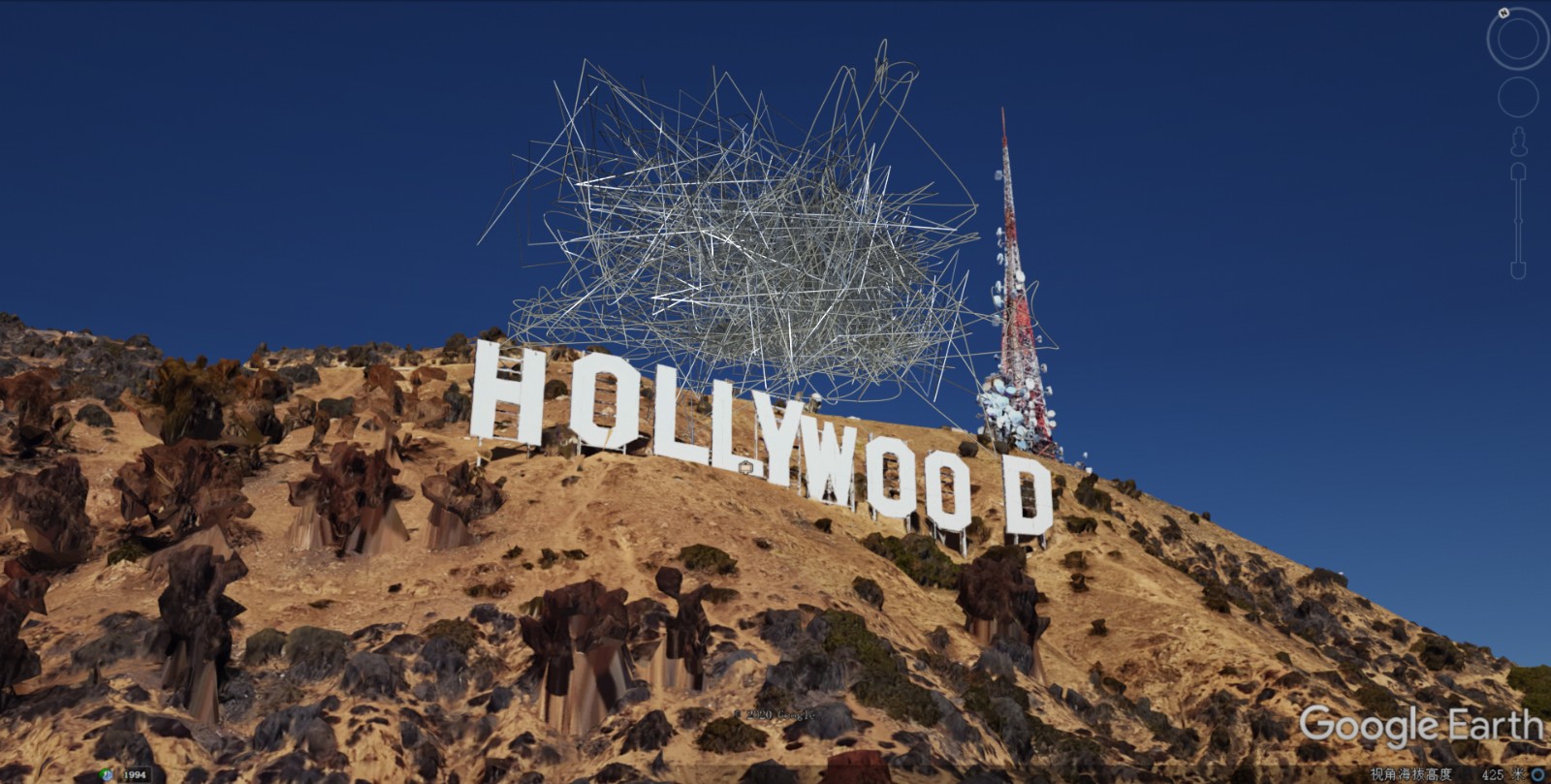
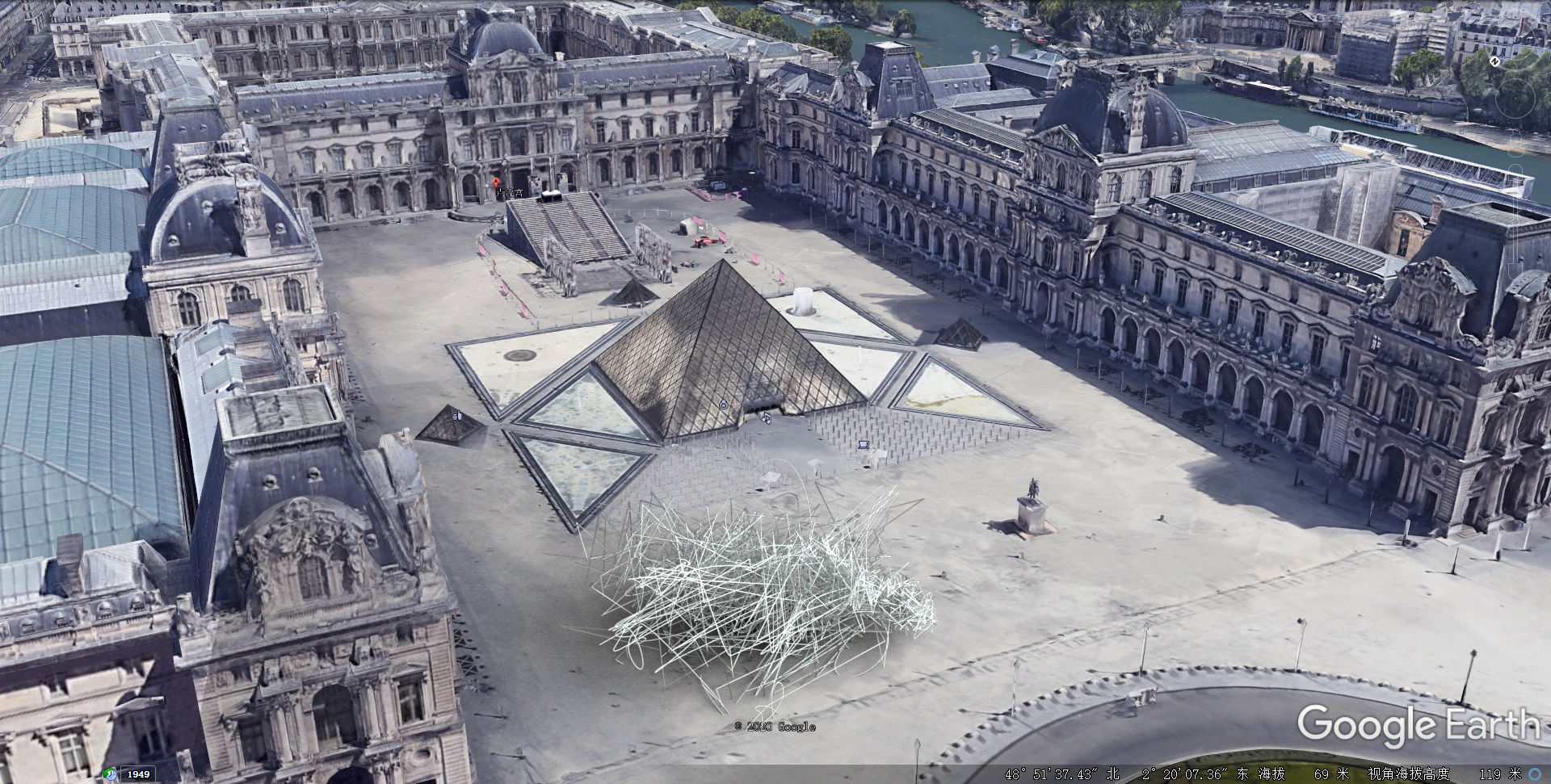
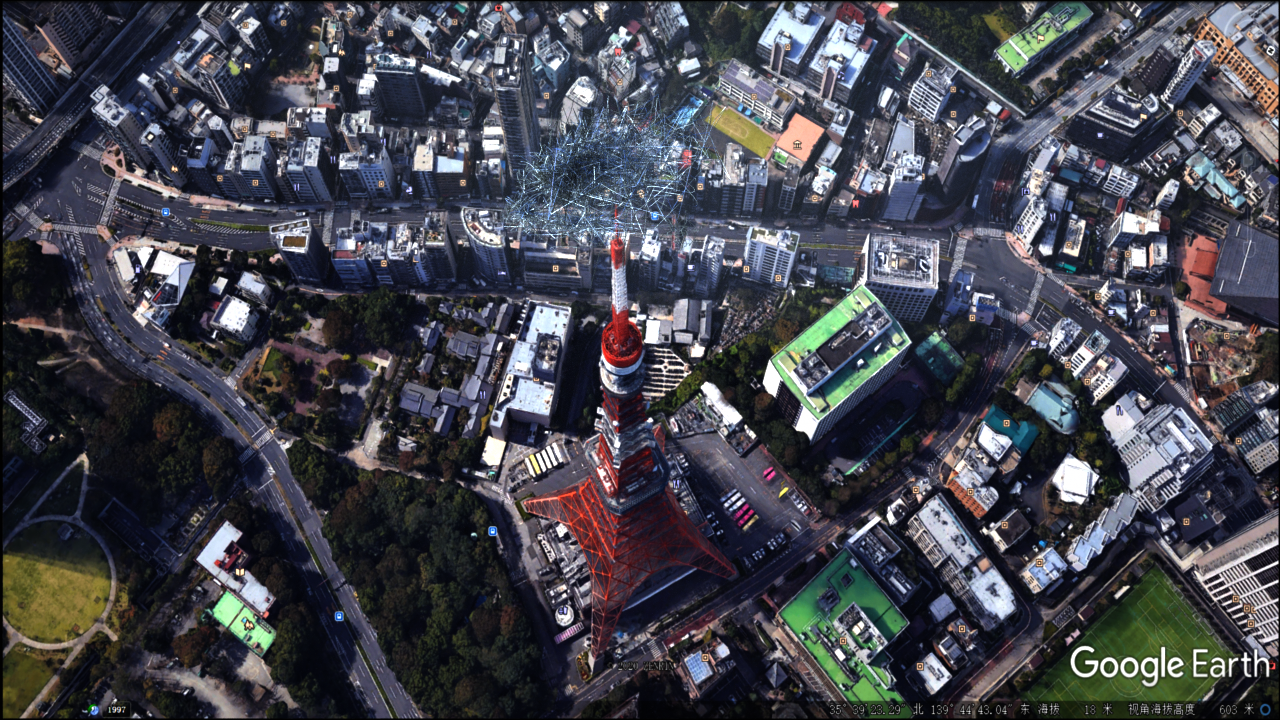
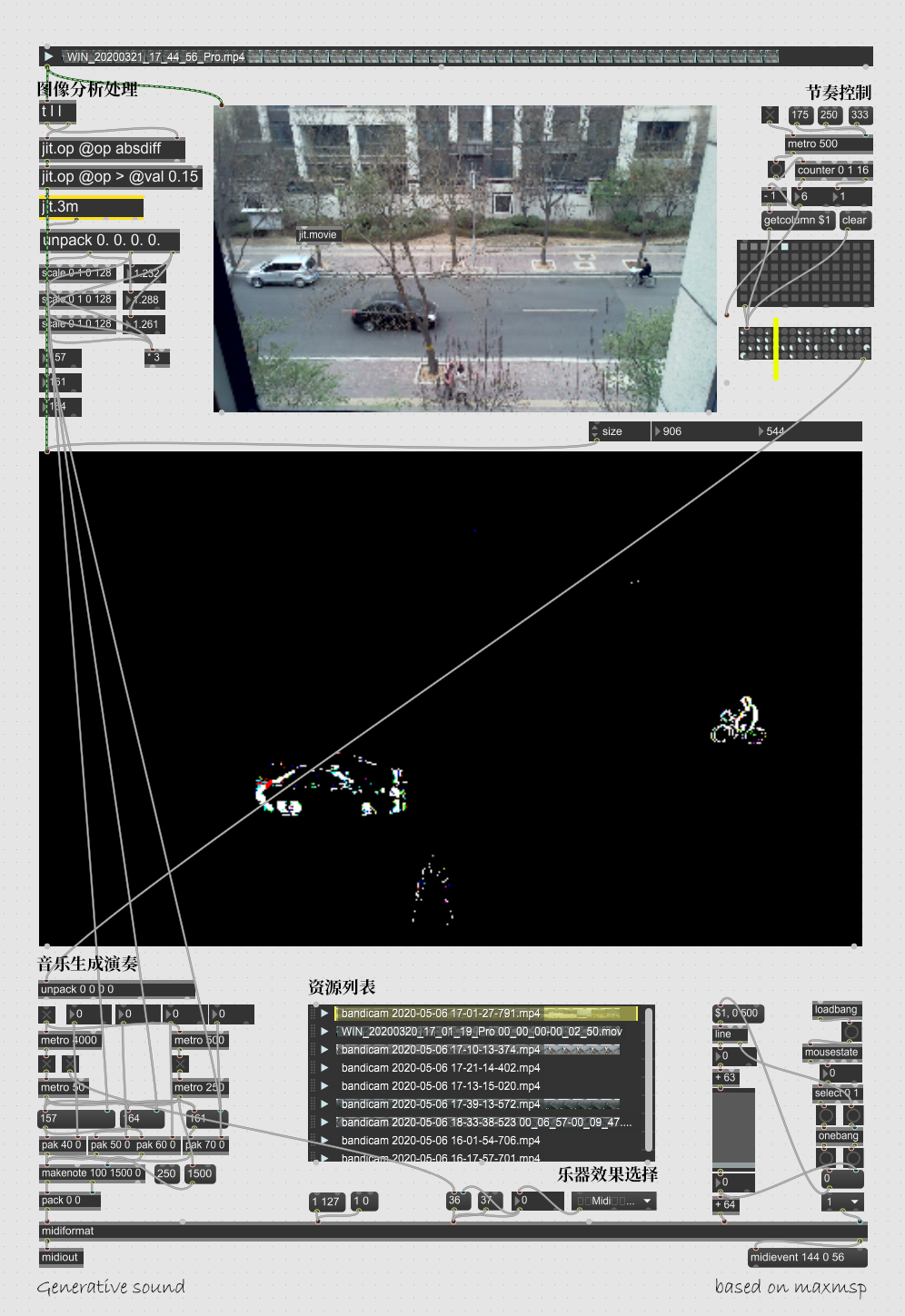
Liu Siyu “Siting in the Well and Watching the Sky”, Research Direction: Digital Media Art
Directors: Lecturer Liu Zhizhi, Professor Song Xiewei, Professor Miao Xiaochun
There are two parts in “Sitting in the Well and Watching the Sky”. The part “Symphony” in front of the window is music generated from the street scene captured by a video film and the part “Monument” outside the window is a sculpture made based on the mouse track when operating a computer. The number of daily steps represents the degree of activity in the real world. Similarly, the recorded mouse track represents the degree of activity in the virtual world. The sculpture made from this represents a commemoration of the current lifestyle.
CAFA ART INFO: Do you remember the scene when you graduated? After so many years, perhaps the format of the graduation exhibition has changed, but many things have not changed. Do you still remember some of the scenes of graduation or study at that time?
Song Xiewei: Actually, the development and changes of human progress are often closely related to nature and also to our scientific research and development. To enlarge it, it also has a lot to do with each of our countries, ethics and regions. I remember when we were in school, there was no internet. I remember that the first person who had a computer in CAFA was Yi Ying. At that time, the old campus was very small and Yi rode a small broken tricycle and pulled a box. Then we asked him what he carried. He said it was a computer, but we didn’t know what the computer was for. He was the first to type and write with a computer. This impressed me very much. When we graduated, we were in the old campus of CAFA since there were only forty or fifty people who graduated from the school. Today we are a large college with various disciplines. Various technologies in society have been developed and our design discipline can also continue to develop at the forefront of technological and economic foundations.

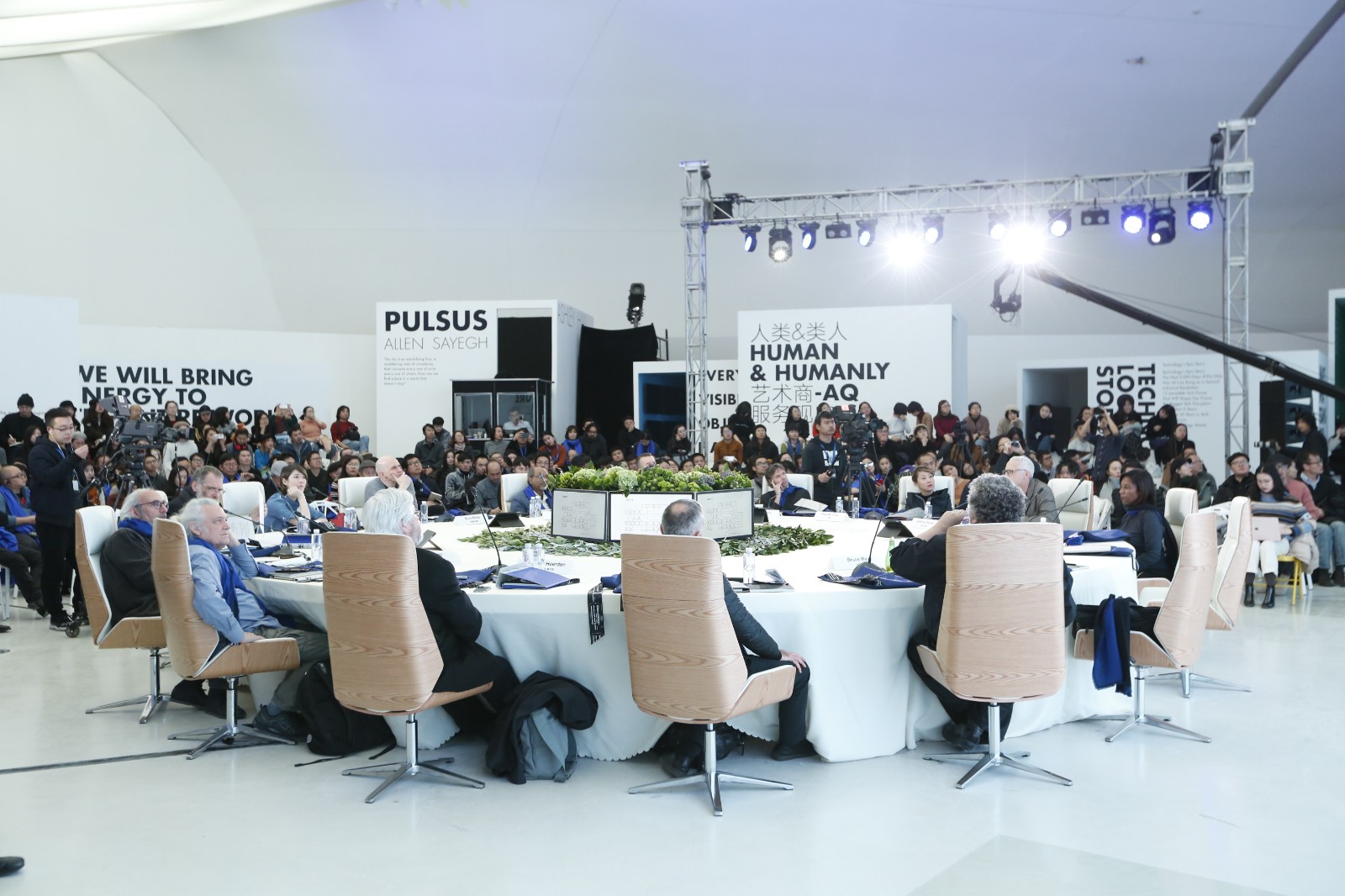


View of Future Unknown Global Education Plan: “Compulsive Innovation”
CAFA ART INFO: Please send your wishes to this year's graduates.
Song Xiewei: The COVID-19 that swept across the world at the beginning of 2020 has brought us an unexpected and fatal crisis. Humans need to re-understand the meaning and significance of survival, living and life and use this as an opportunity to reflect on existing common sense and question rigid knowledge, empty swelling conceit, to make up for the dazed ignorance, so as to feel the invisible wisdom...
A teacher once asked students a question: "What is the function of eyes?". Many students gave their “standard answers.” The teacher’s final answer was beyond the expectations of all his students. His answer was: "The function of eyes is to remind us that there are many things in this world that are invisible."
“How to see and not see” should be an eternal research topic. For the graduation exhibition in 2020, due to many reasons, we adopted the online exhibition, which brings a unique effect to the graduation creations and exhibition. We hope to use this unique method to present the unique design by the students from the School of Design, Central Academy of Fine Arts as well as the “visible” and “invisible” insights, judgment and creativity.
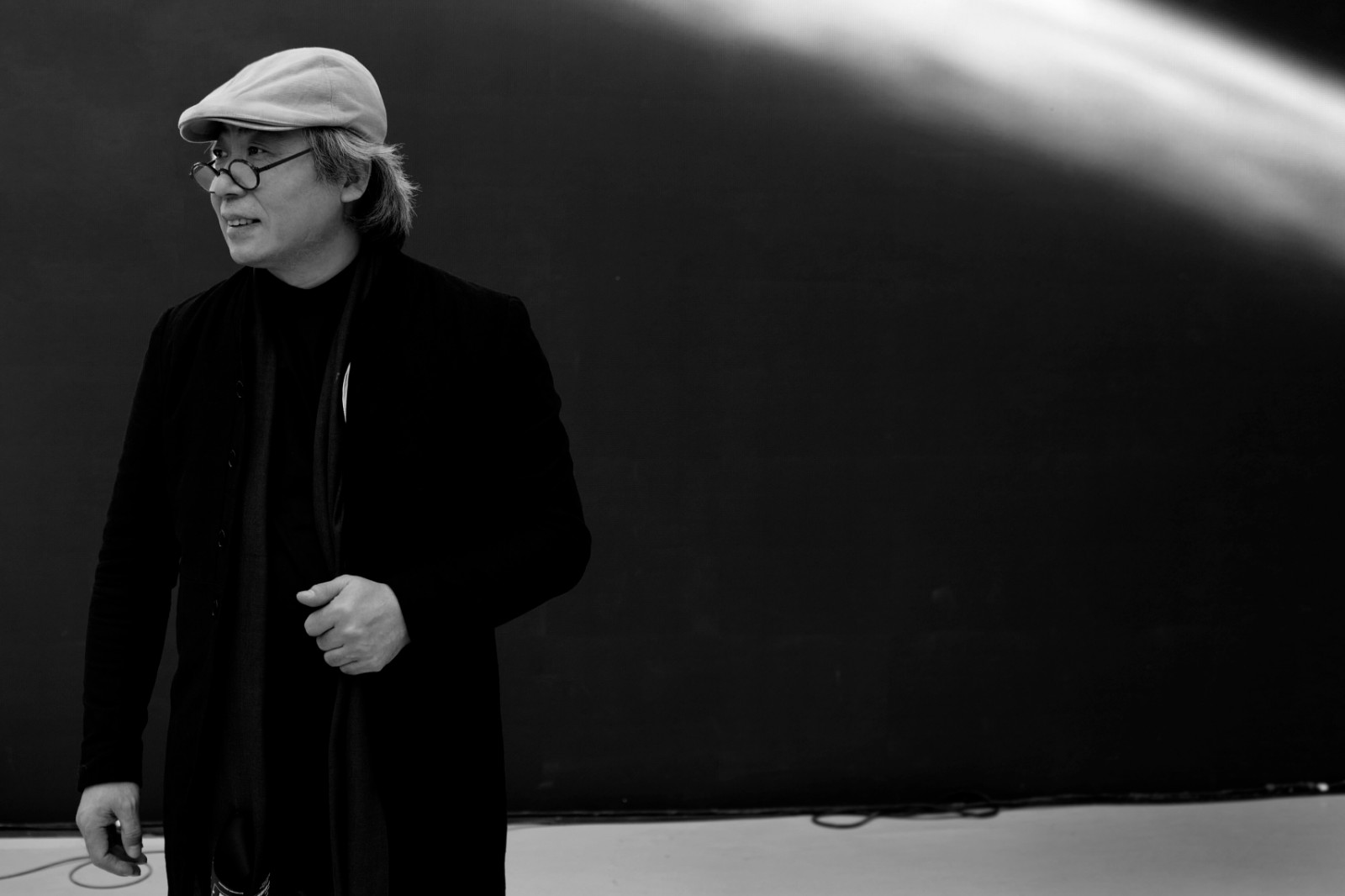
About Song Xiewei
Song Xiewei was born in Shandong in 1963. Currently, he serves as Dean, Professor, Doctoral Supervisor of the School of Design at the Central Academy of Fine Arts, Member of the Academic Committee of Central Academy of Fine Arts, Deputy Dean of the Graduate School at the Central Academy of Fine Arts, Deputy Director of the Design Discipline Steering Committee of the Ministry of Education, Director of the China Artists Association, Deputy Director of the Industrial Art Committee at China Artists Association, Member of the Alliance Graphique Internationale (AGI), Special Expert of the National Art Museum of China, Art Review Member of the China Scholarship Council, and Expert for the Title Review of the Ministry of Culture.
Interviewee丨Professor Song Xiewei
Interviewer Editor丨Zhang Yizhi, translated and edited by Sue/CAFA ART INFO
Interview date丨early June 2020
Image Courtesy of the Interviewee and Teachers and Students from the School of Design, CAFA.




























